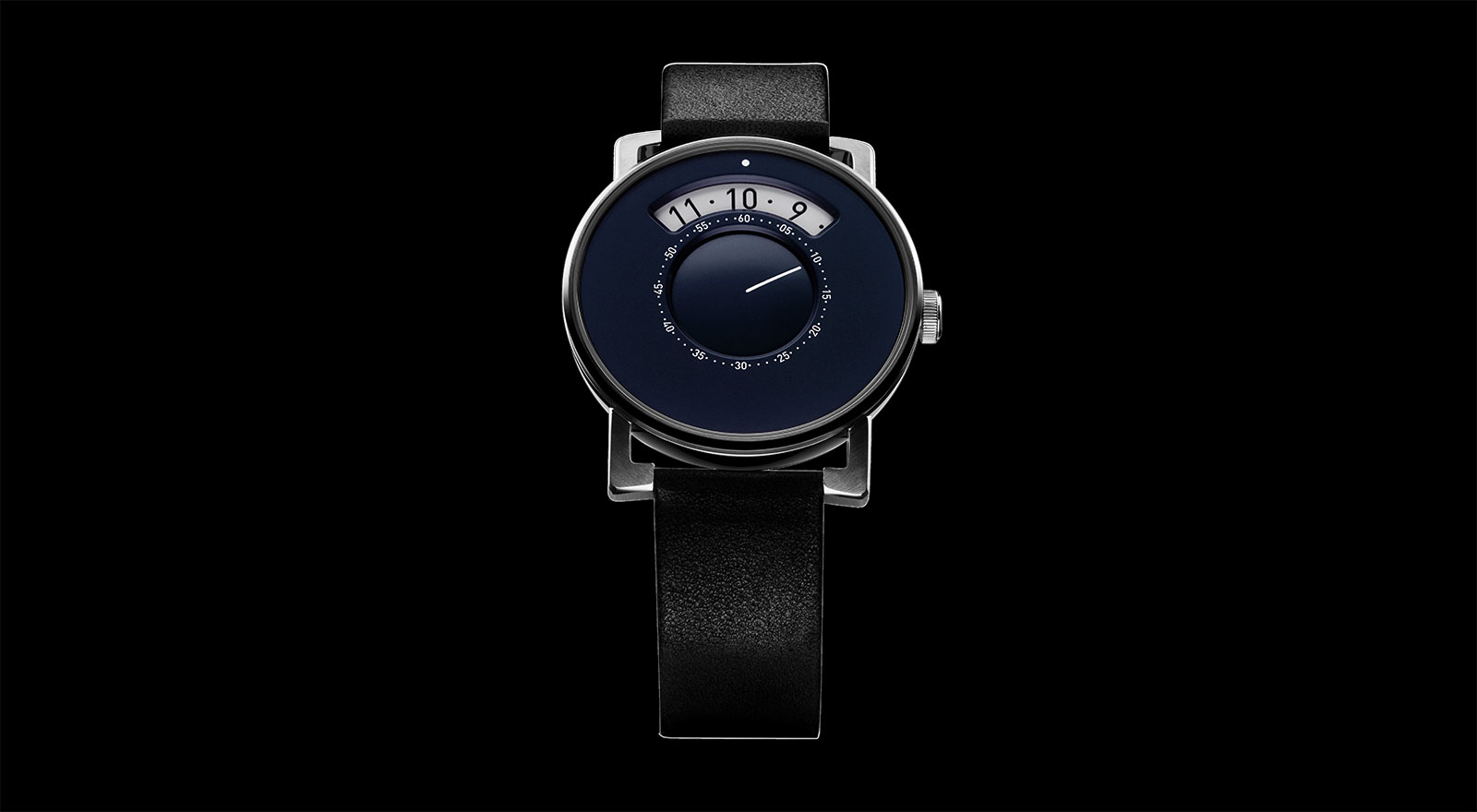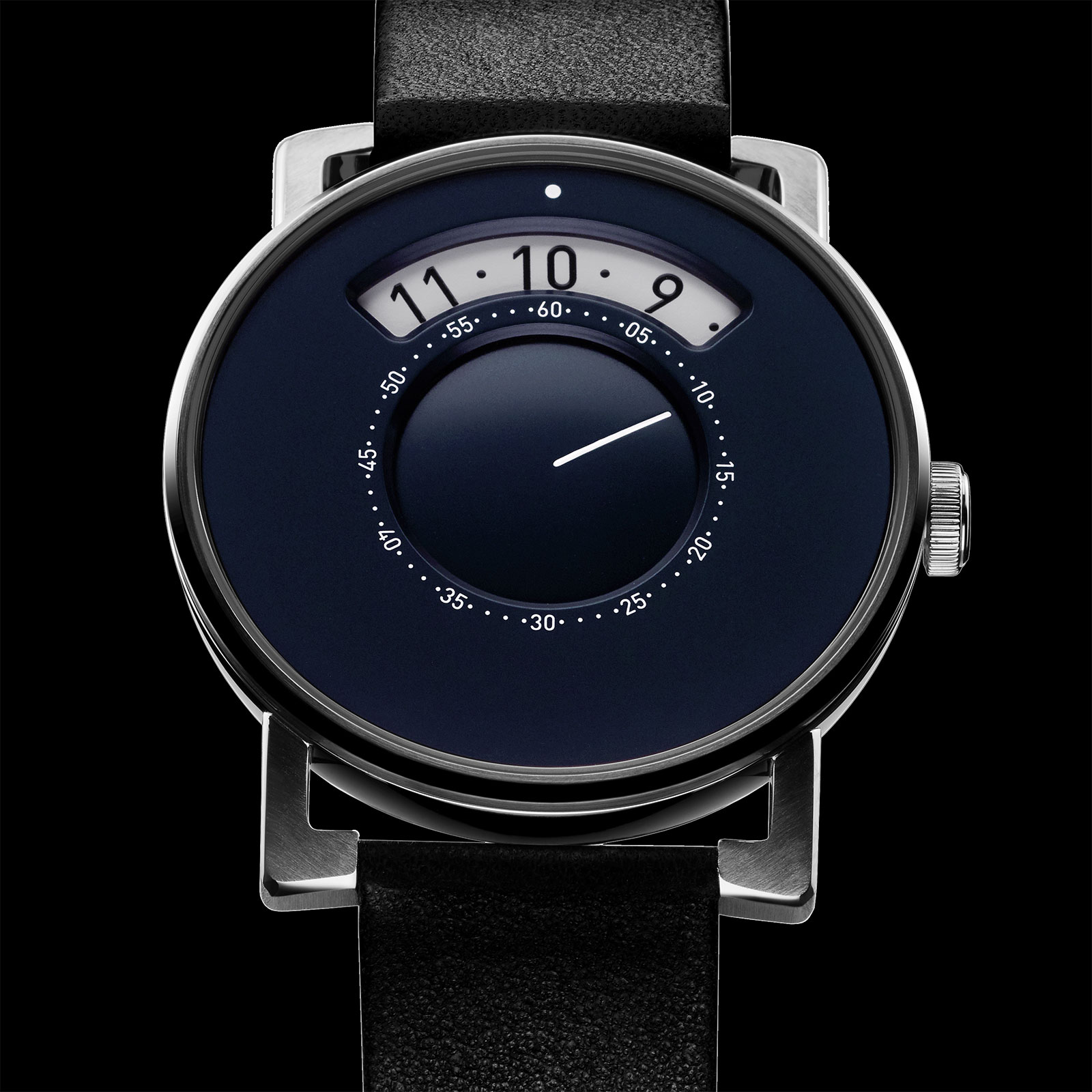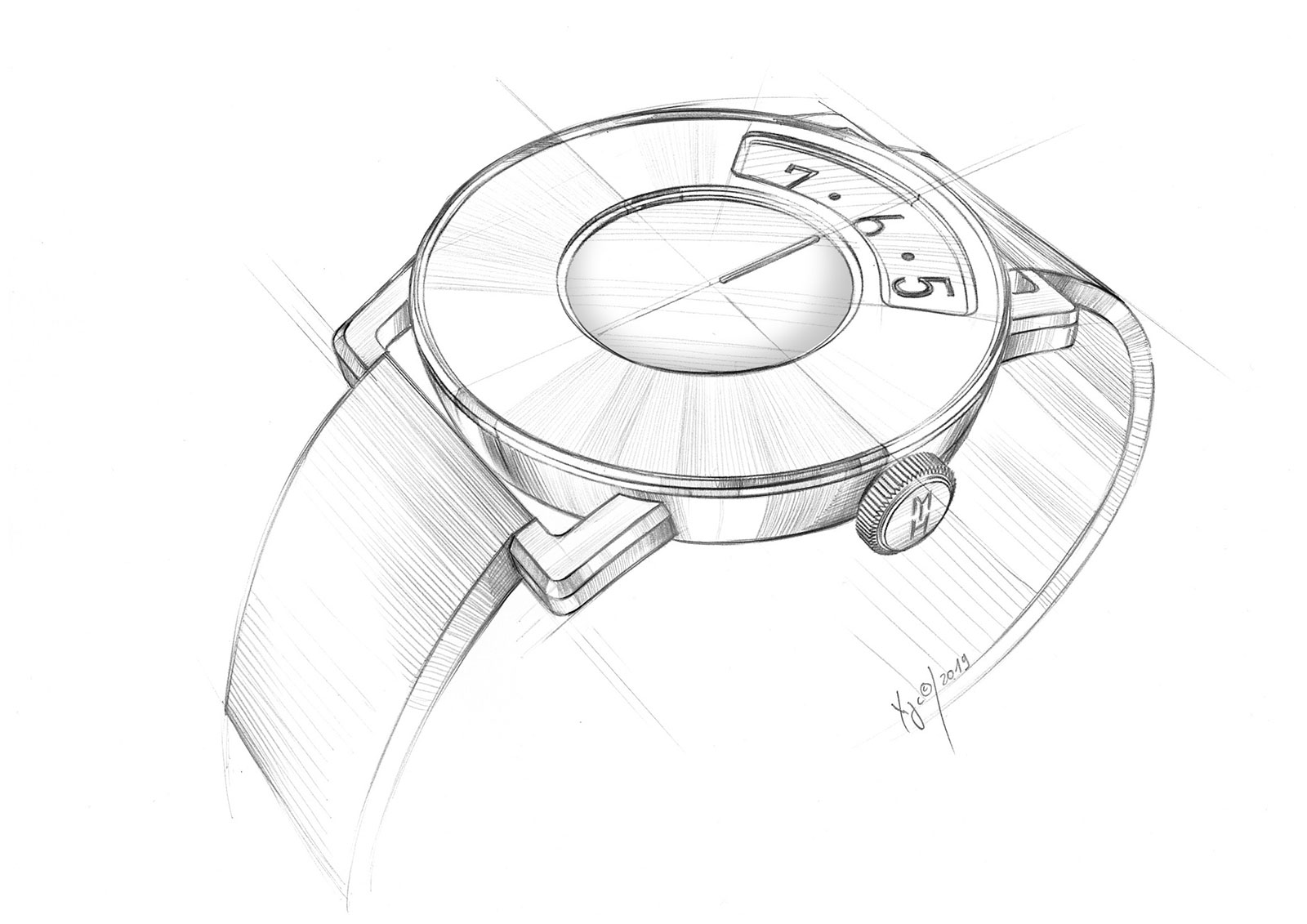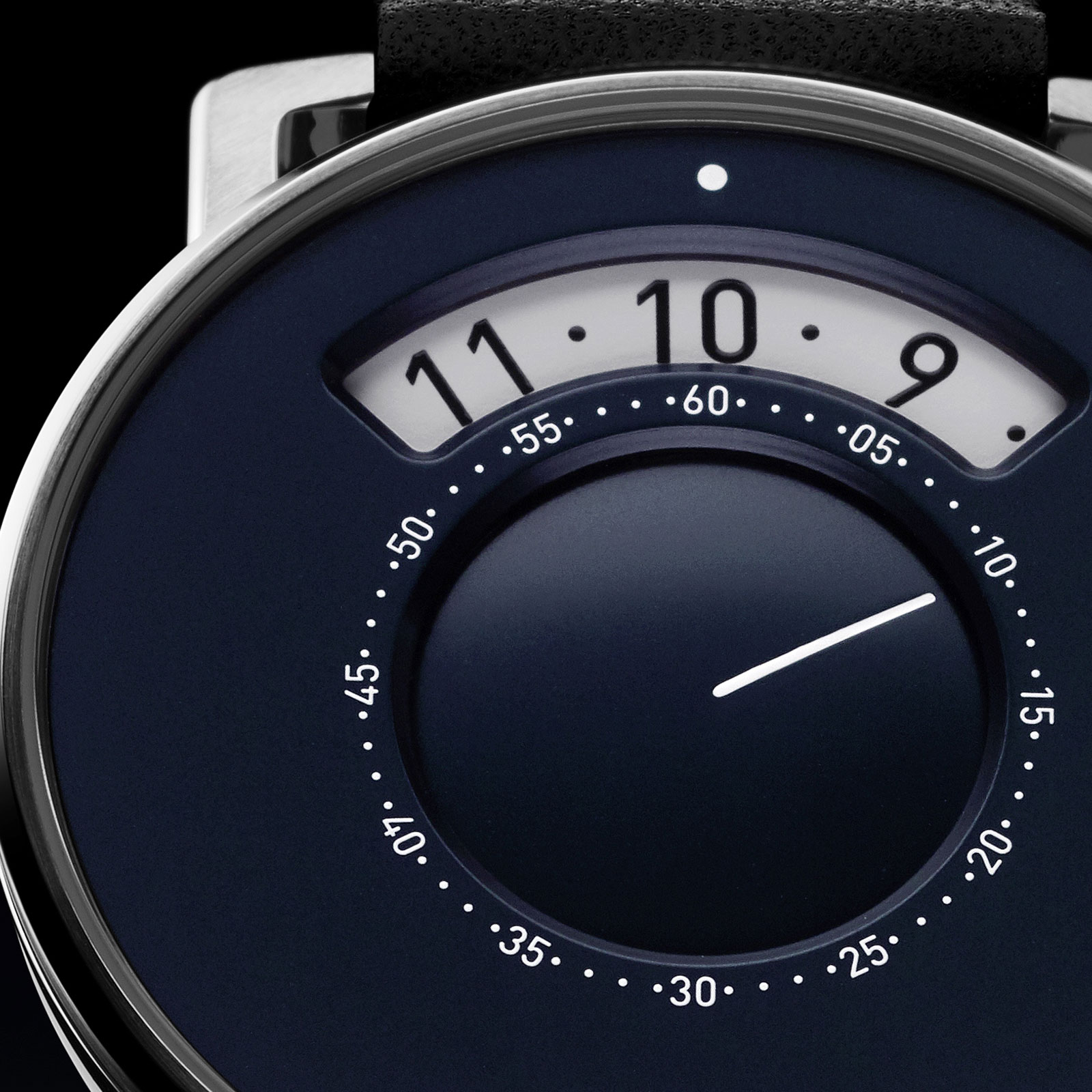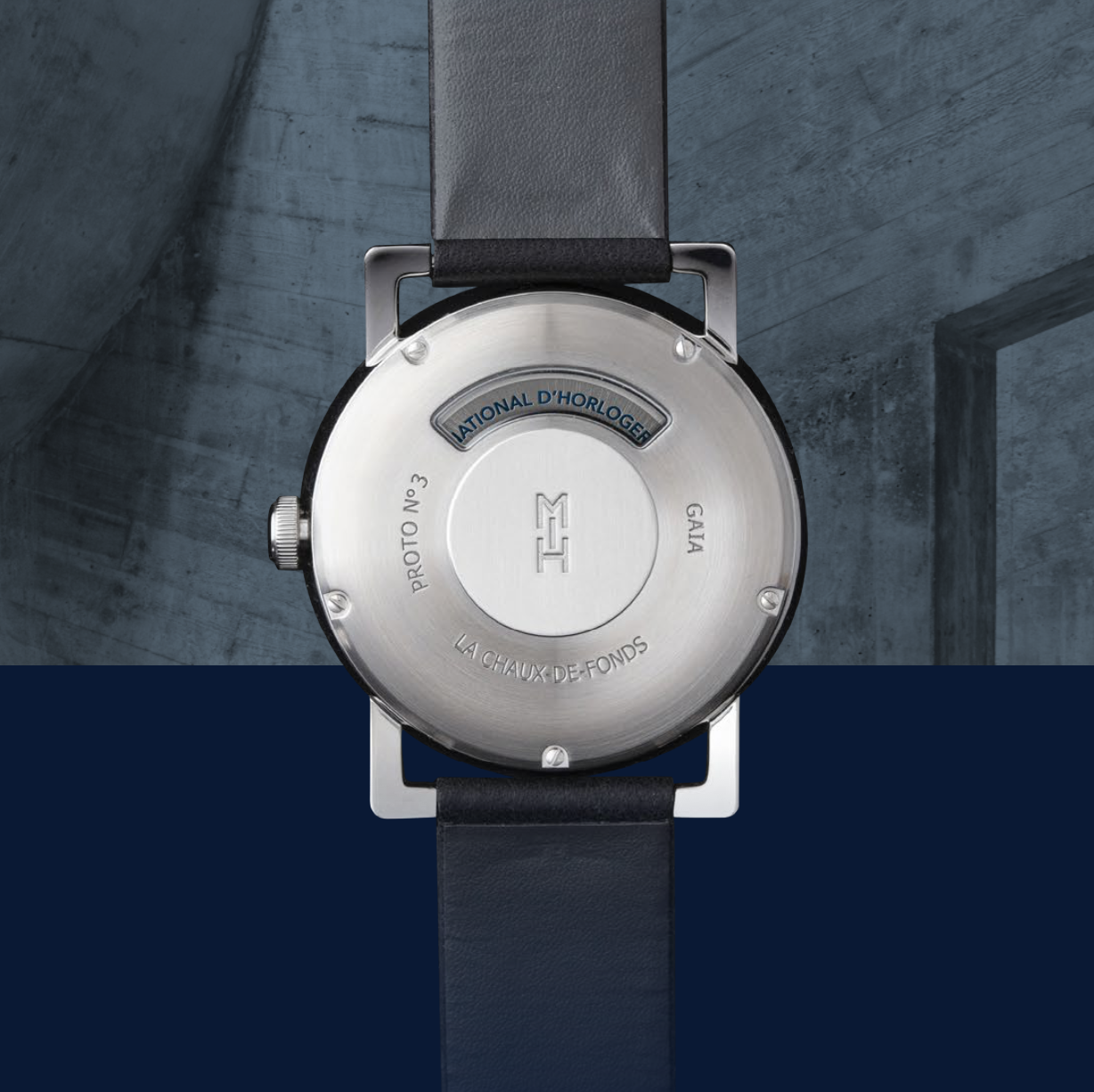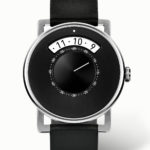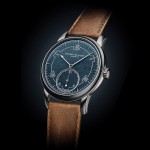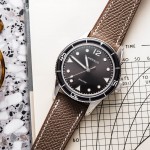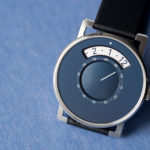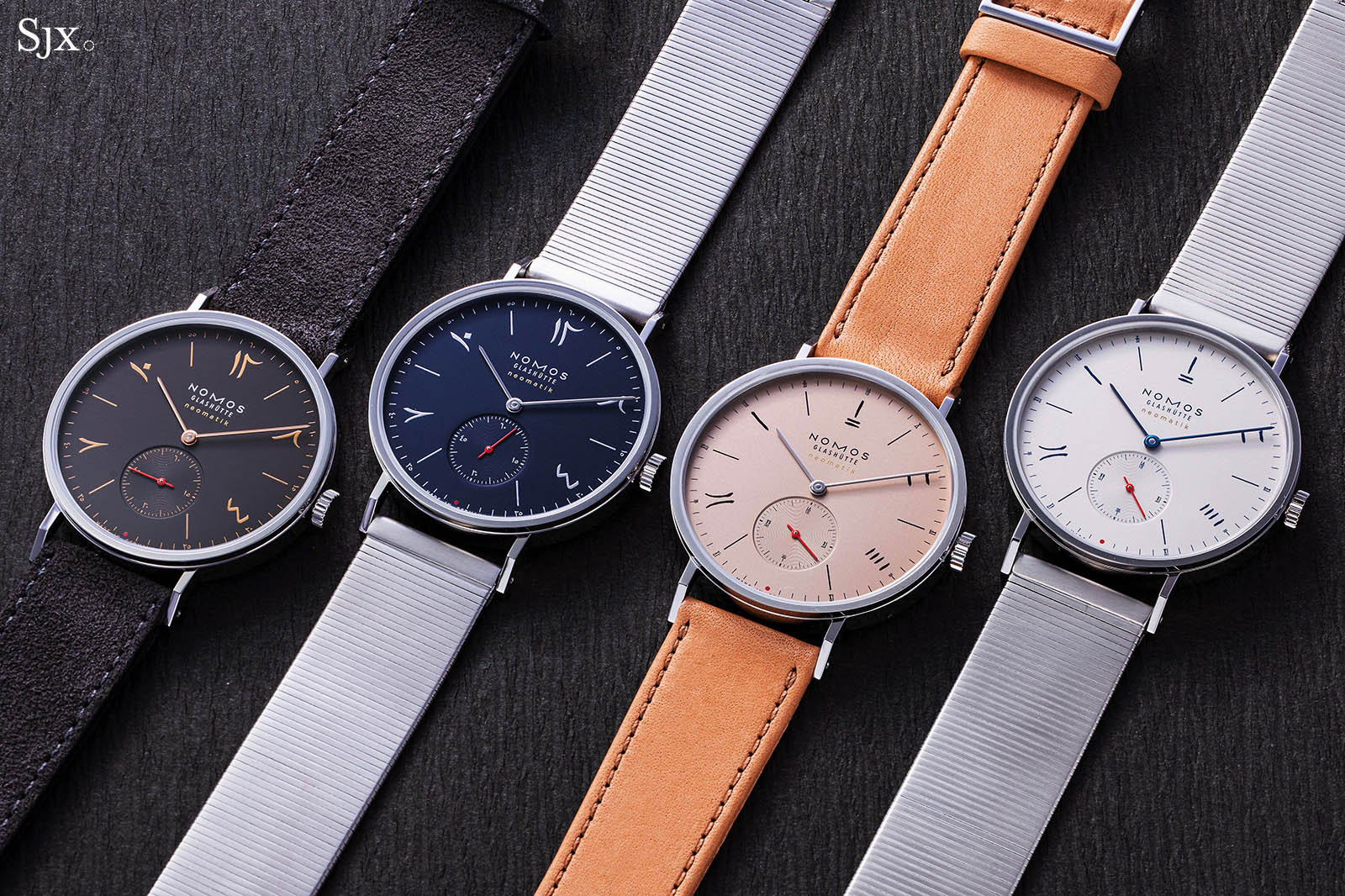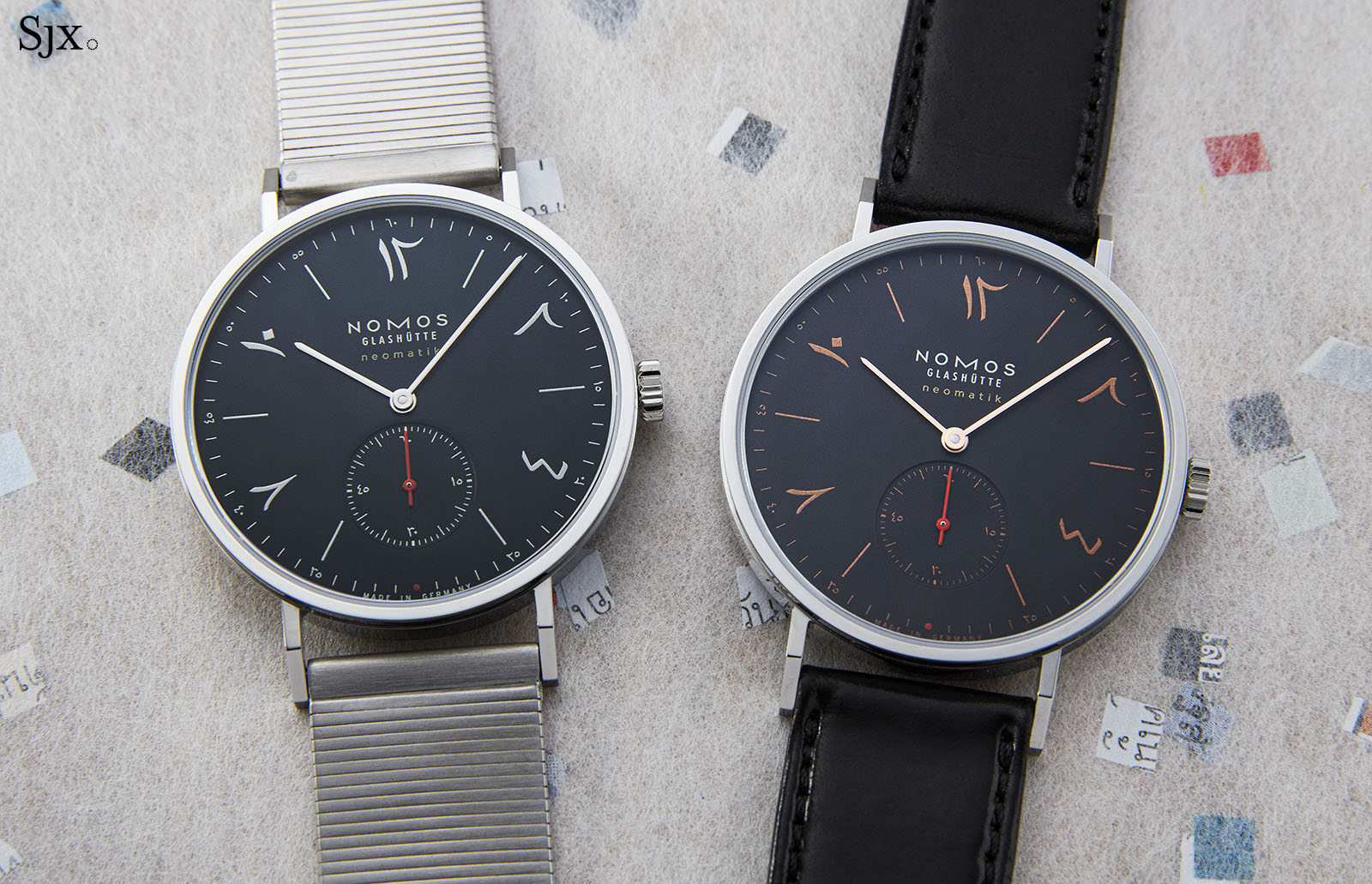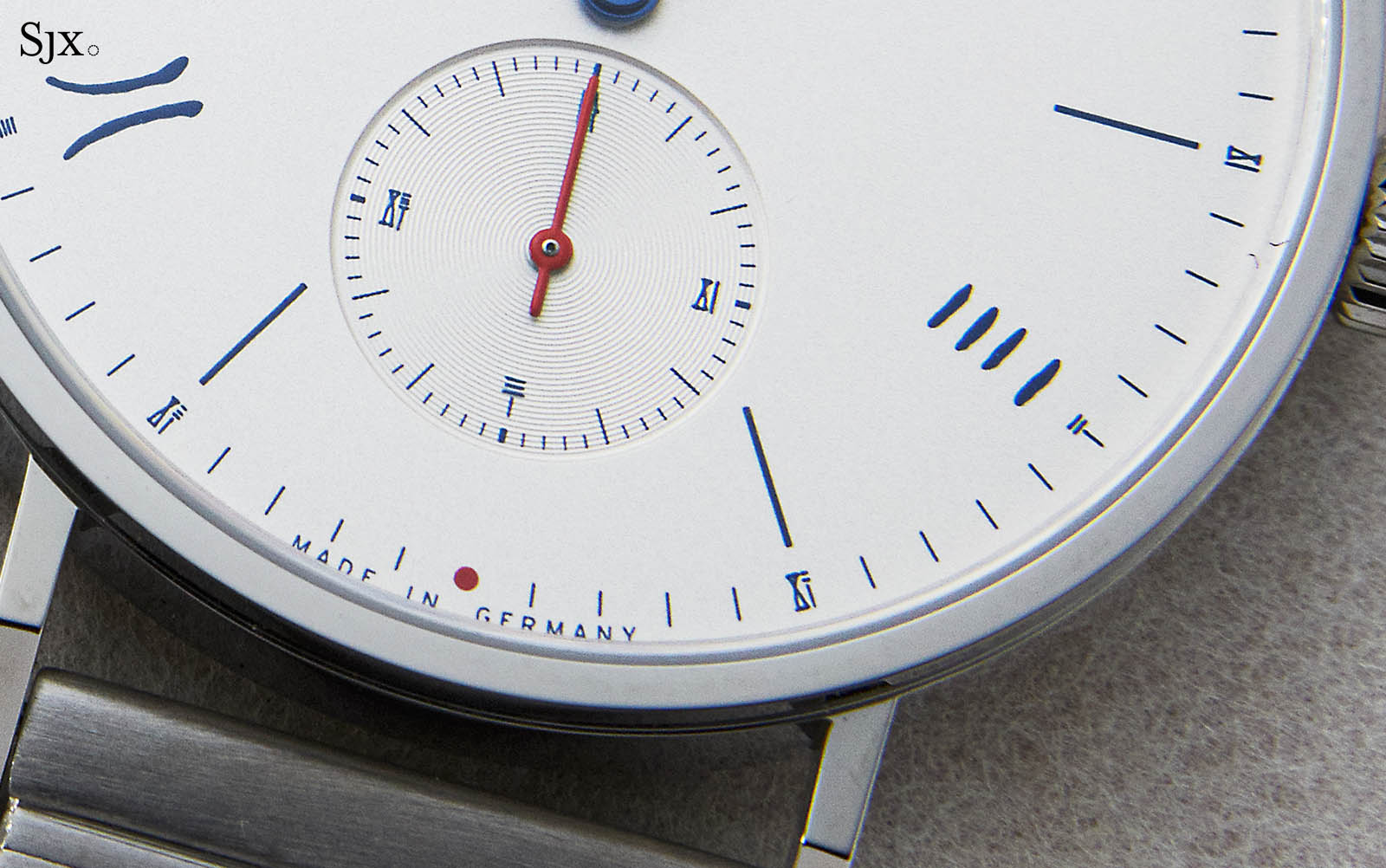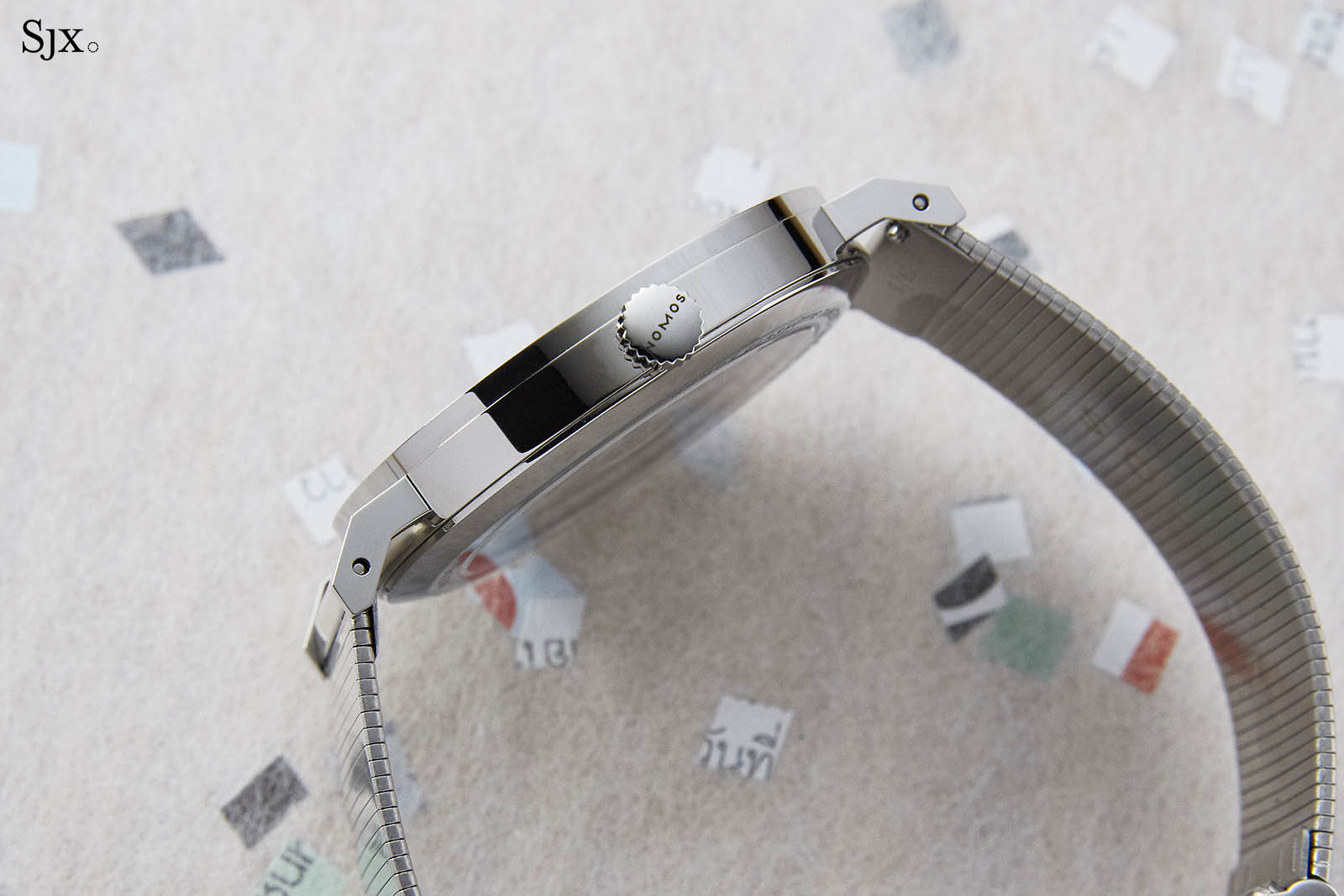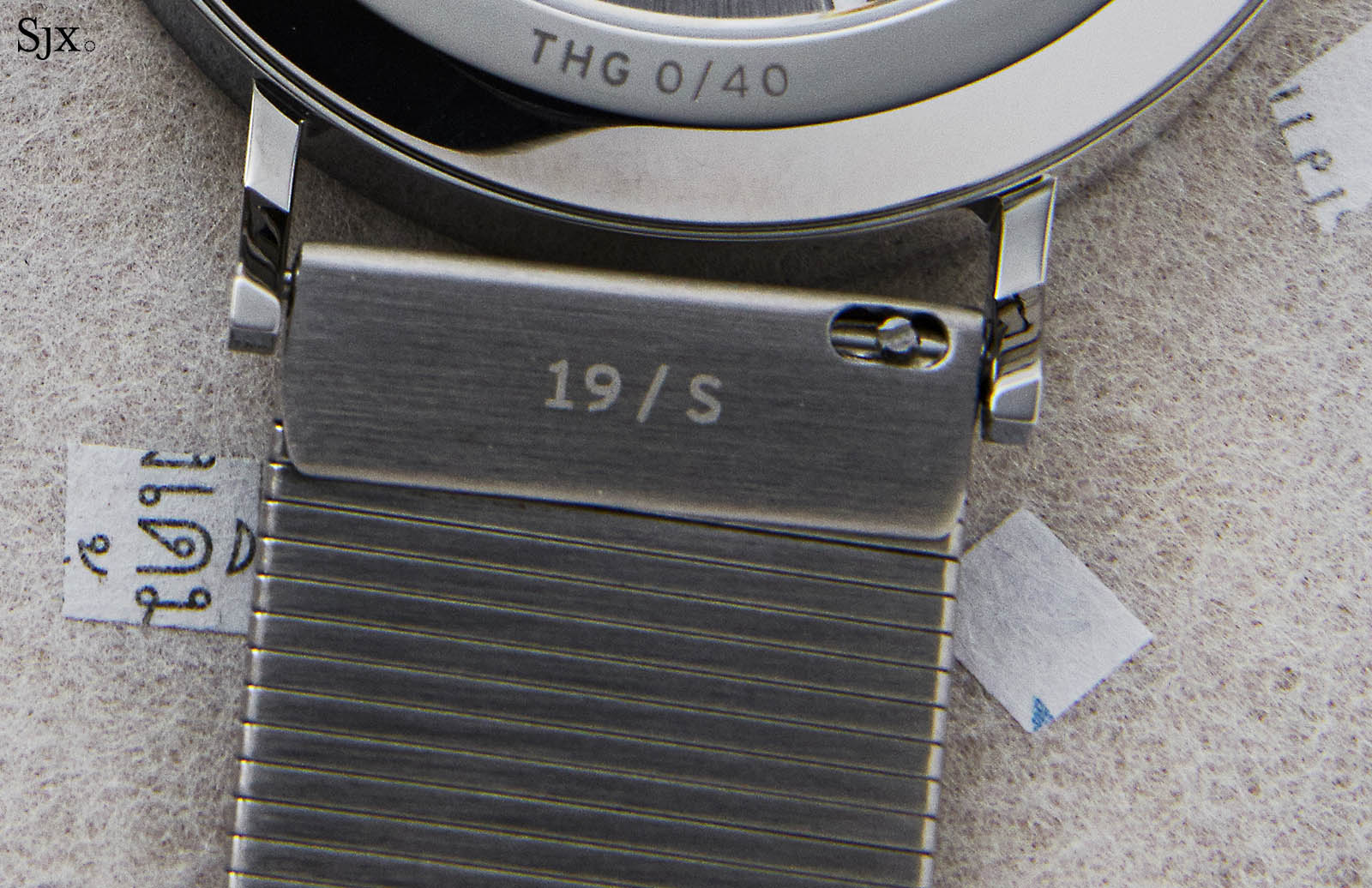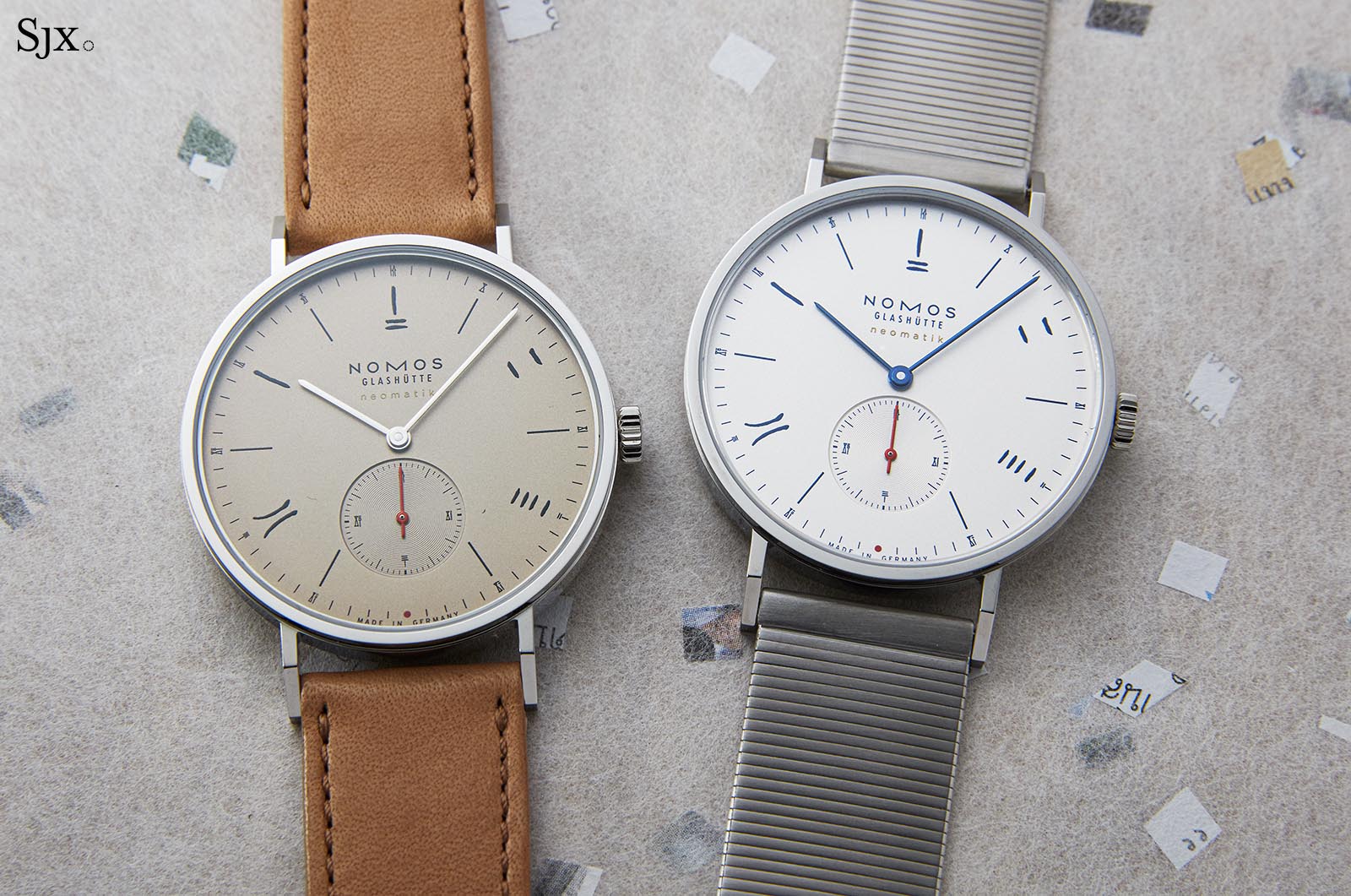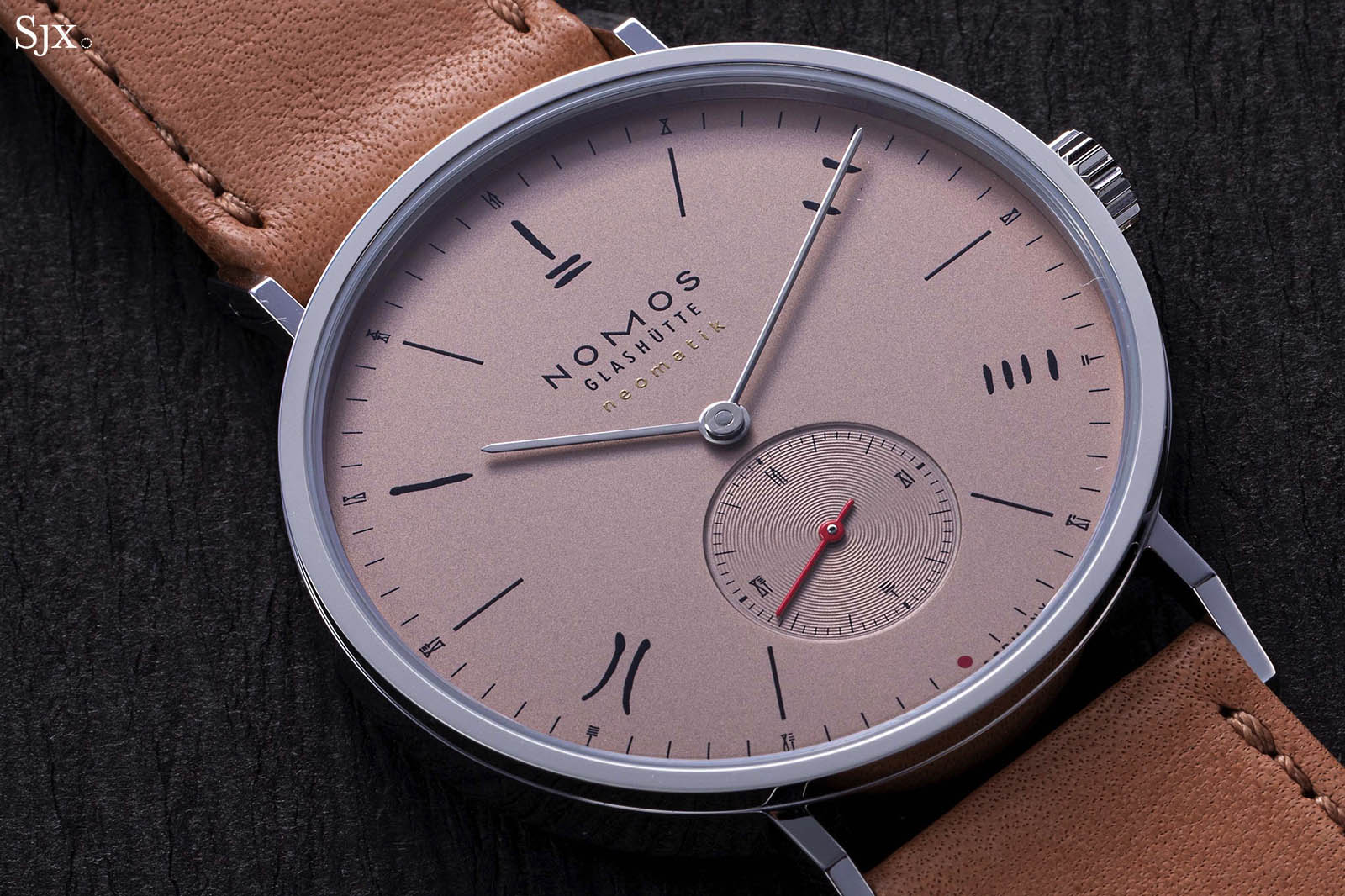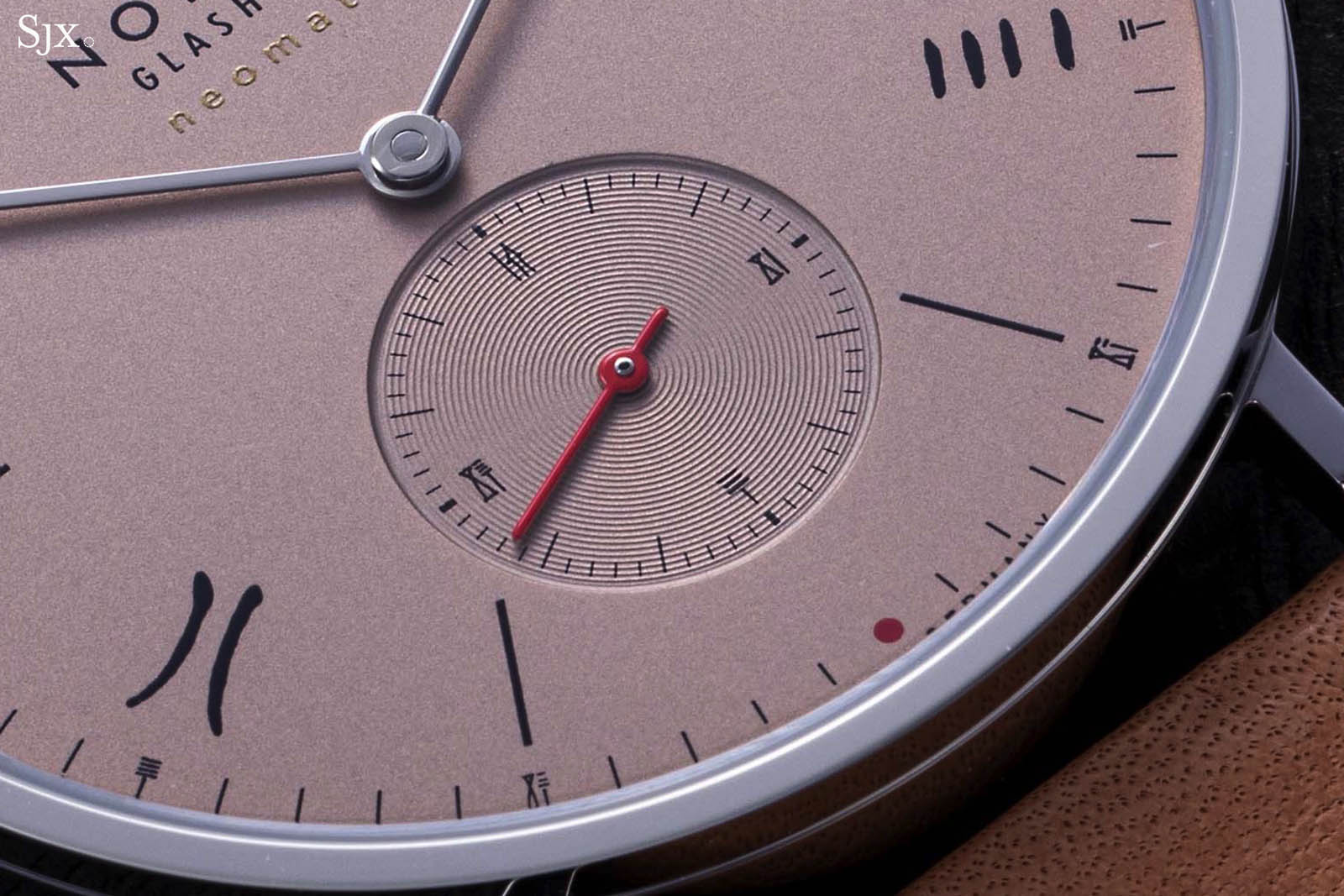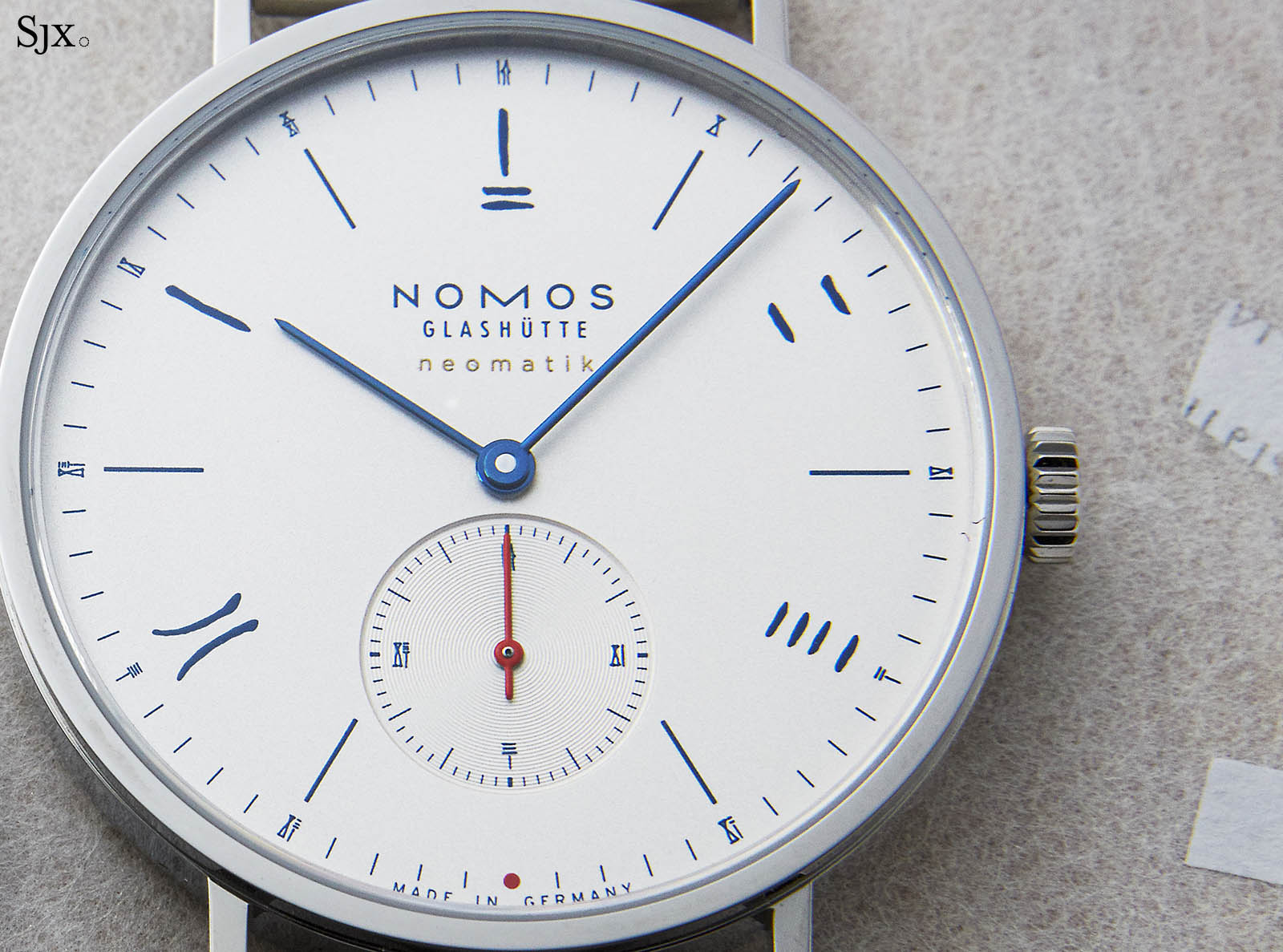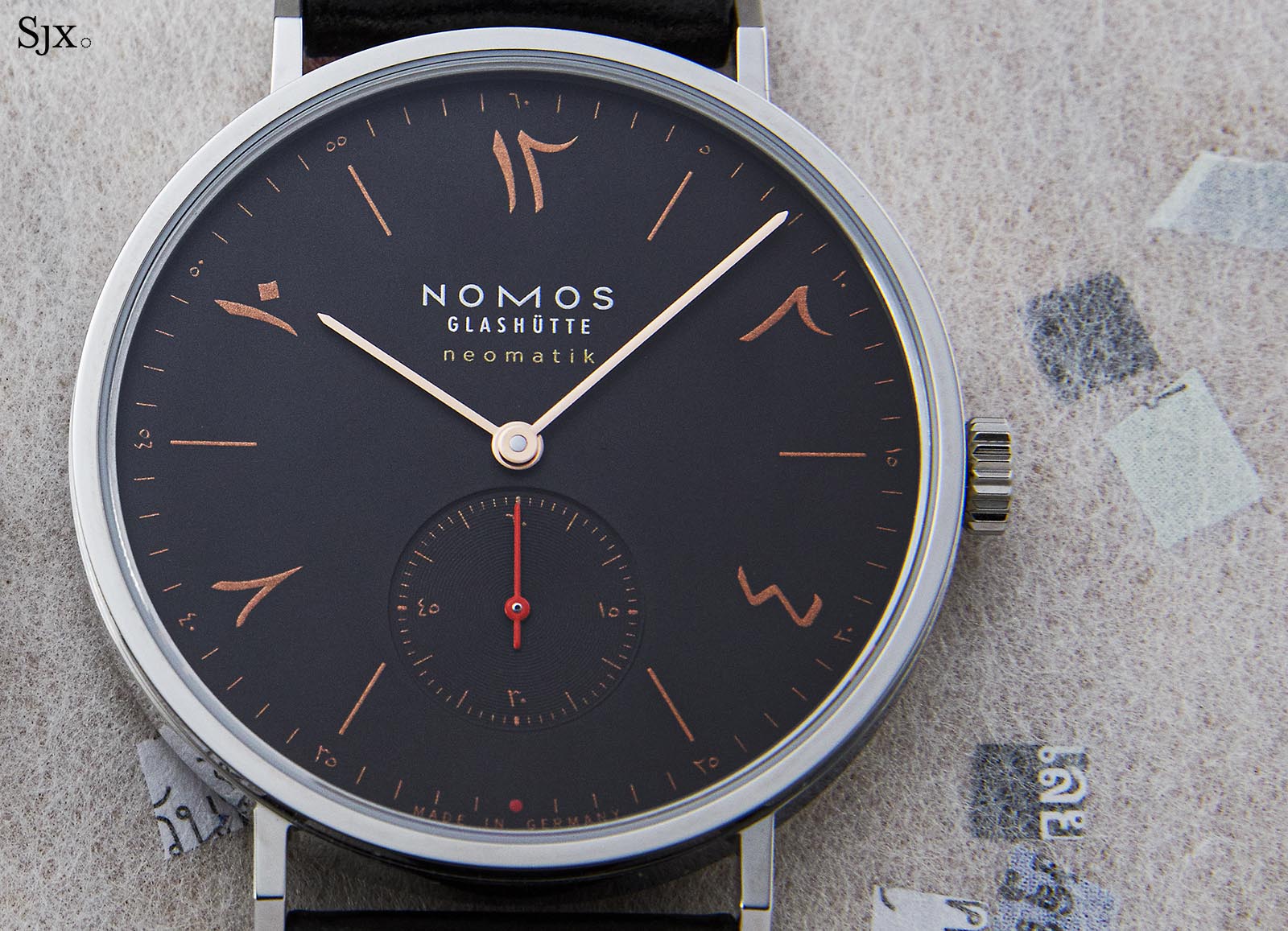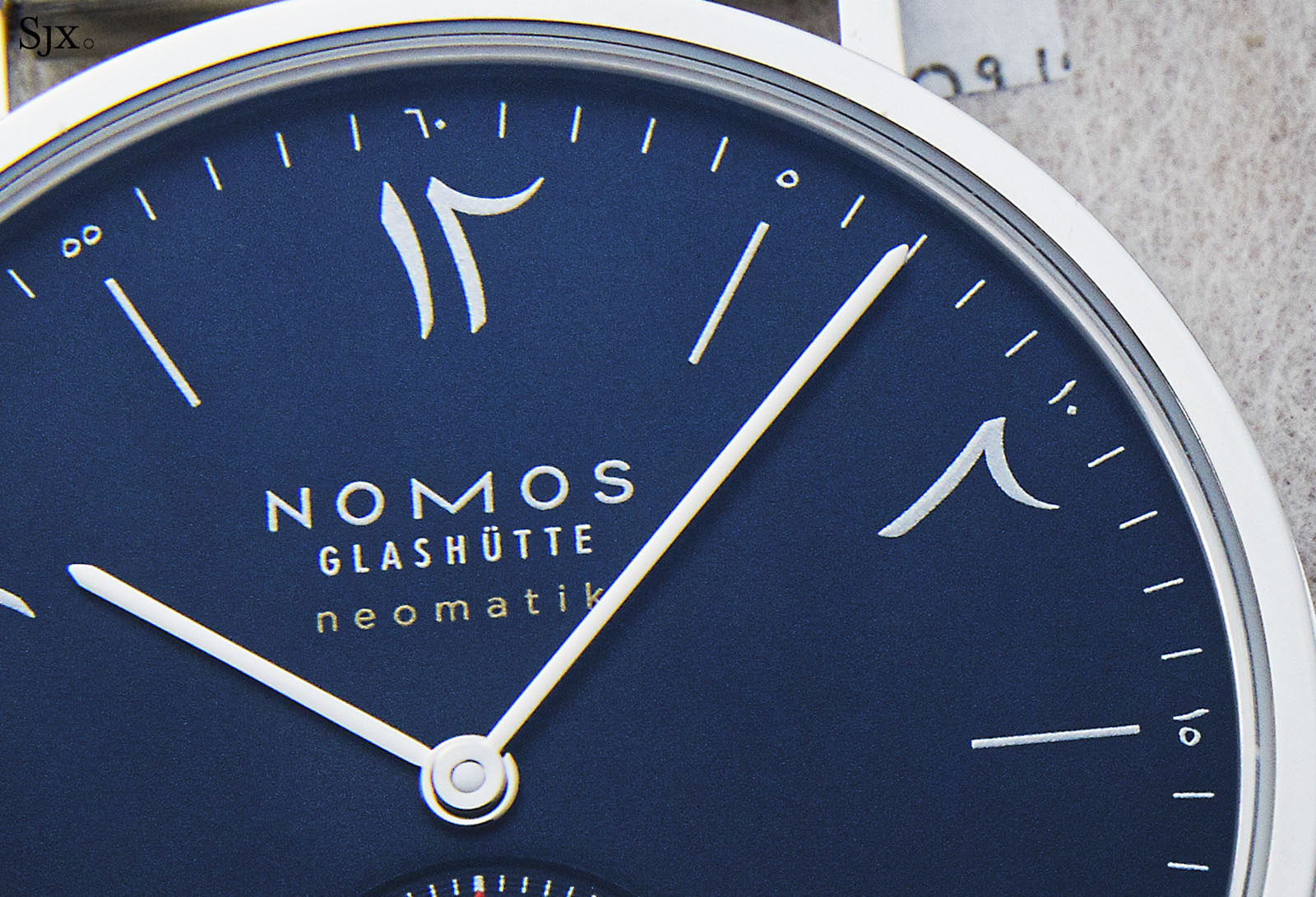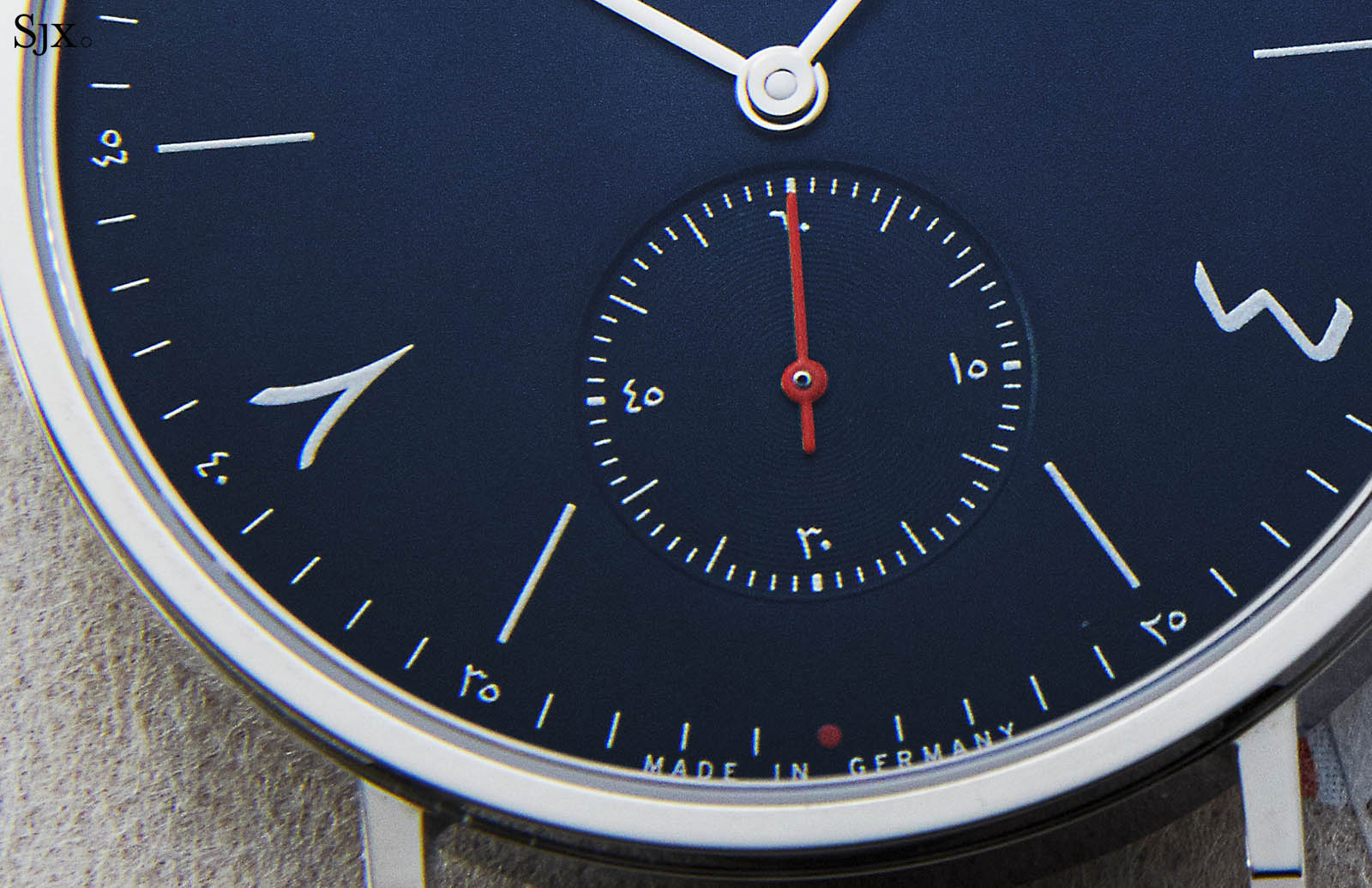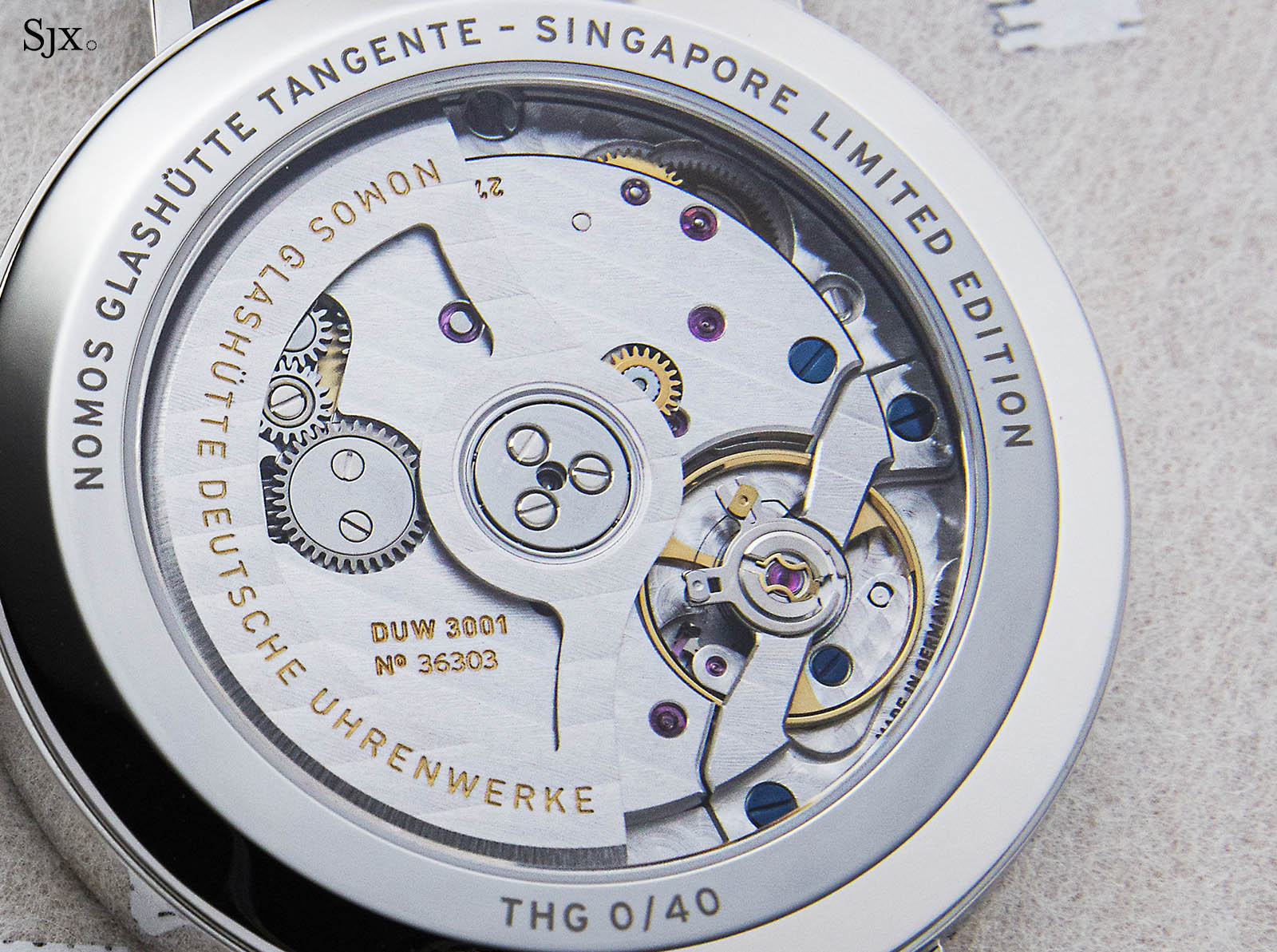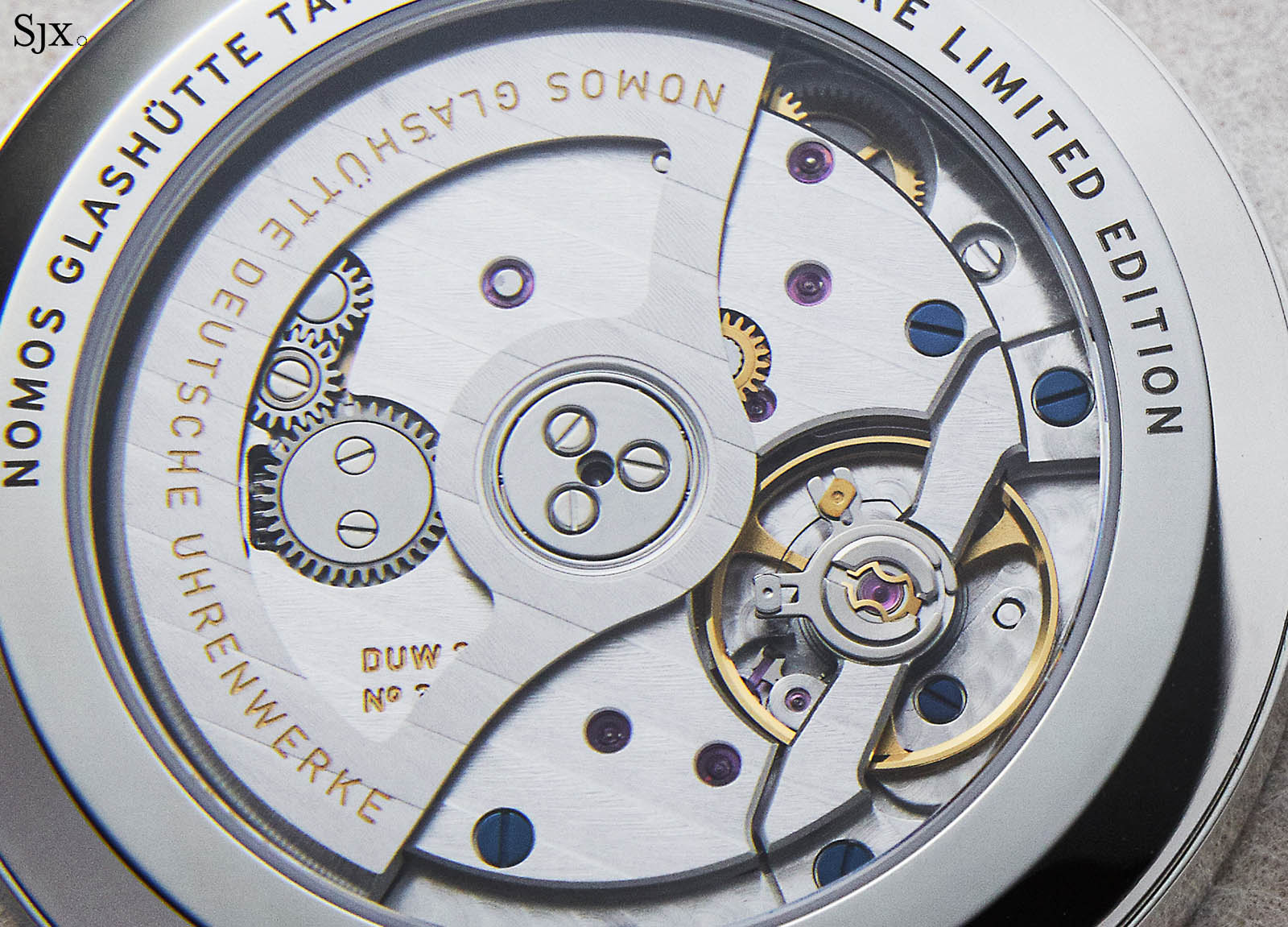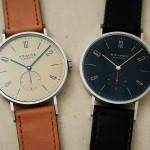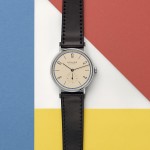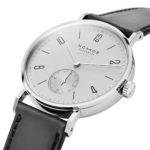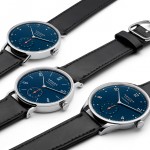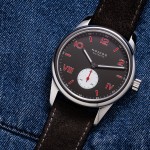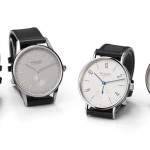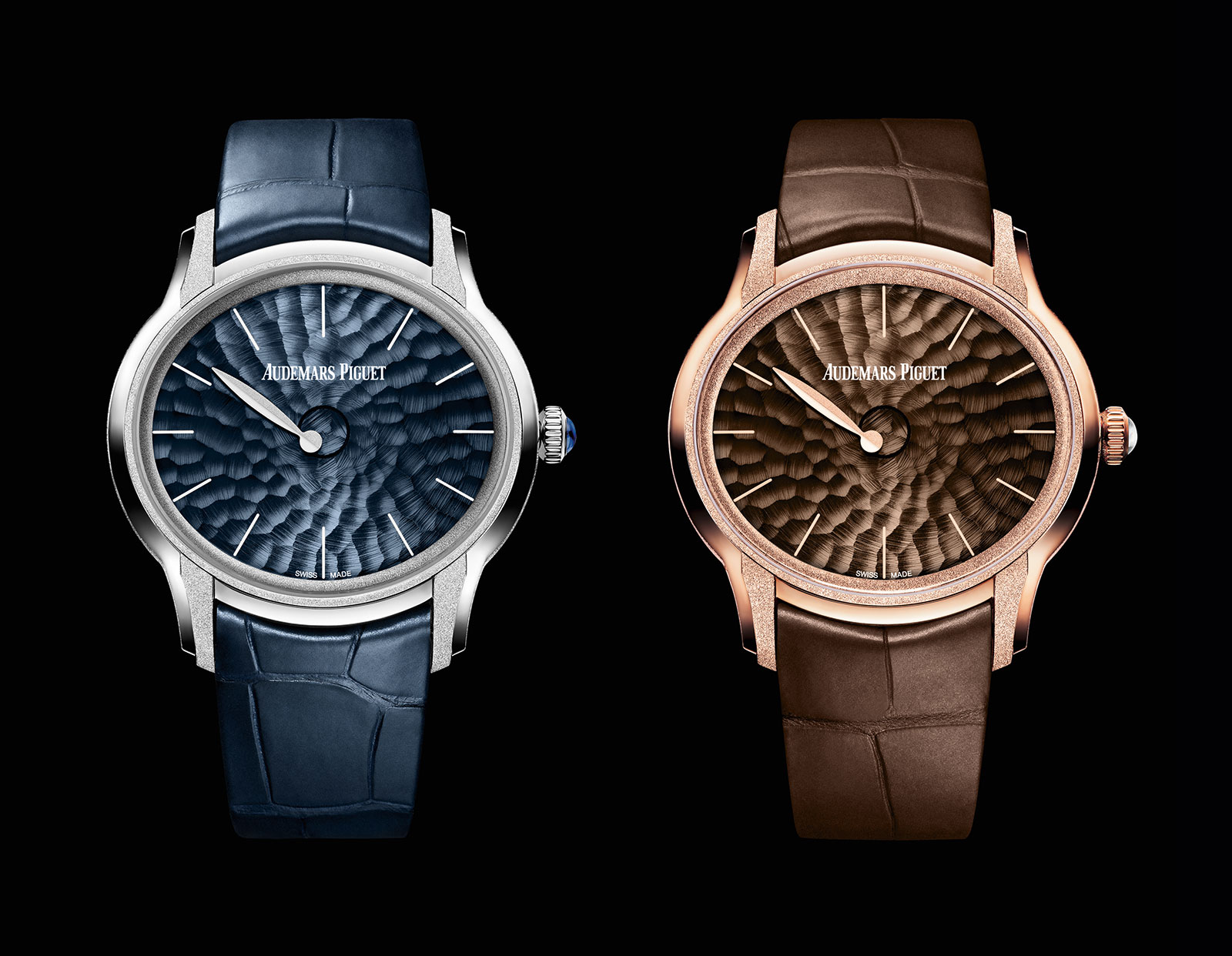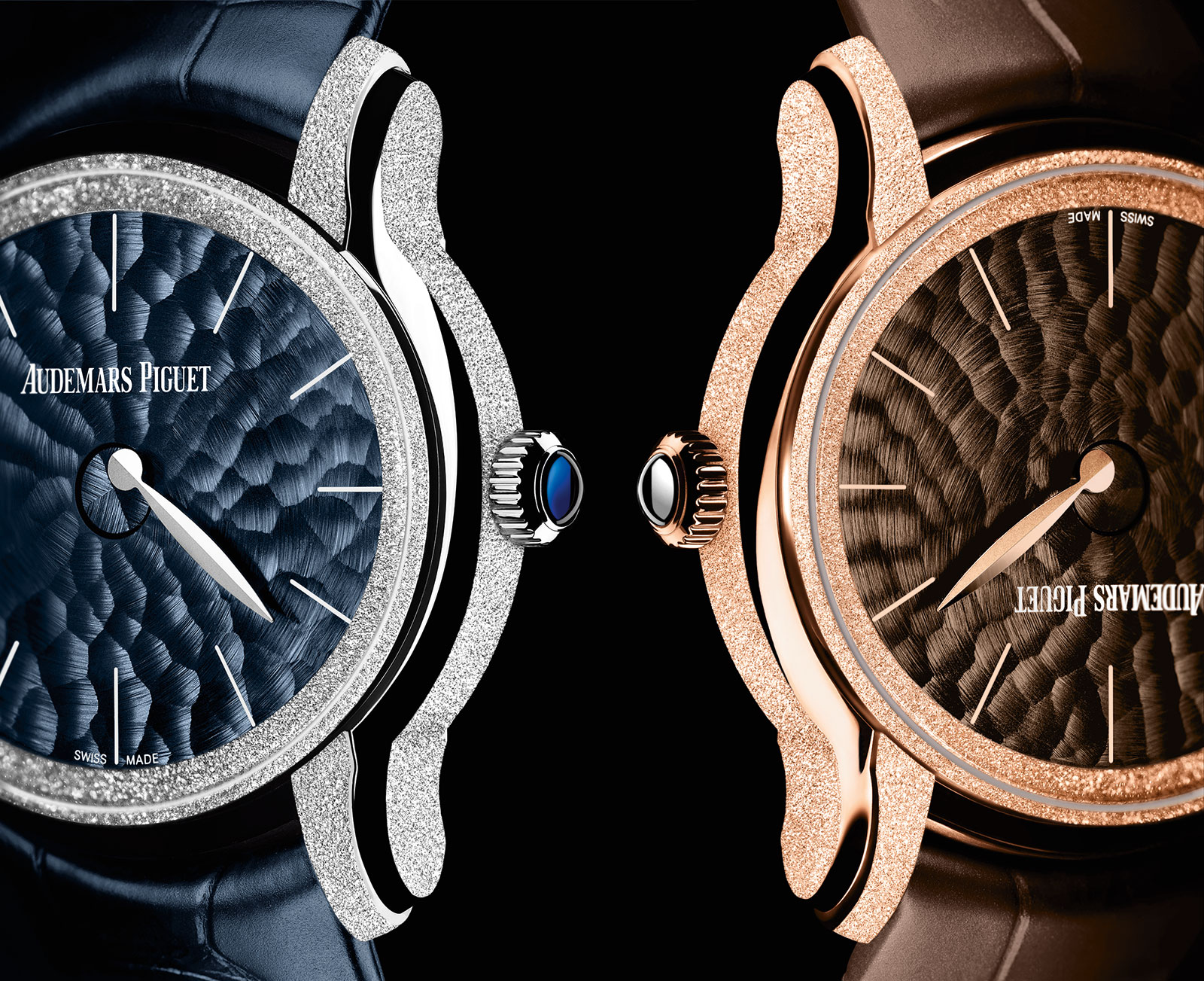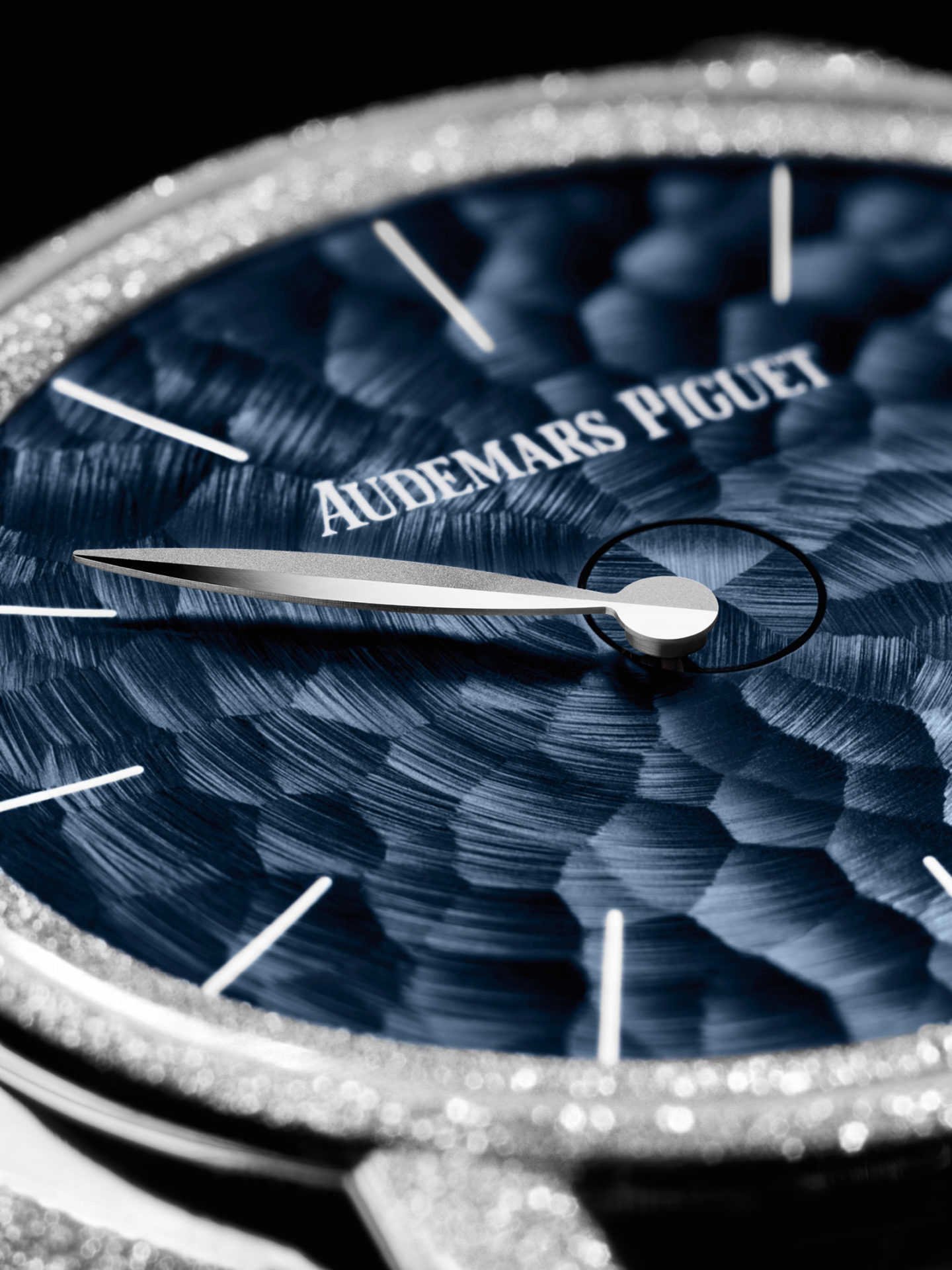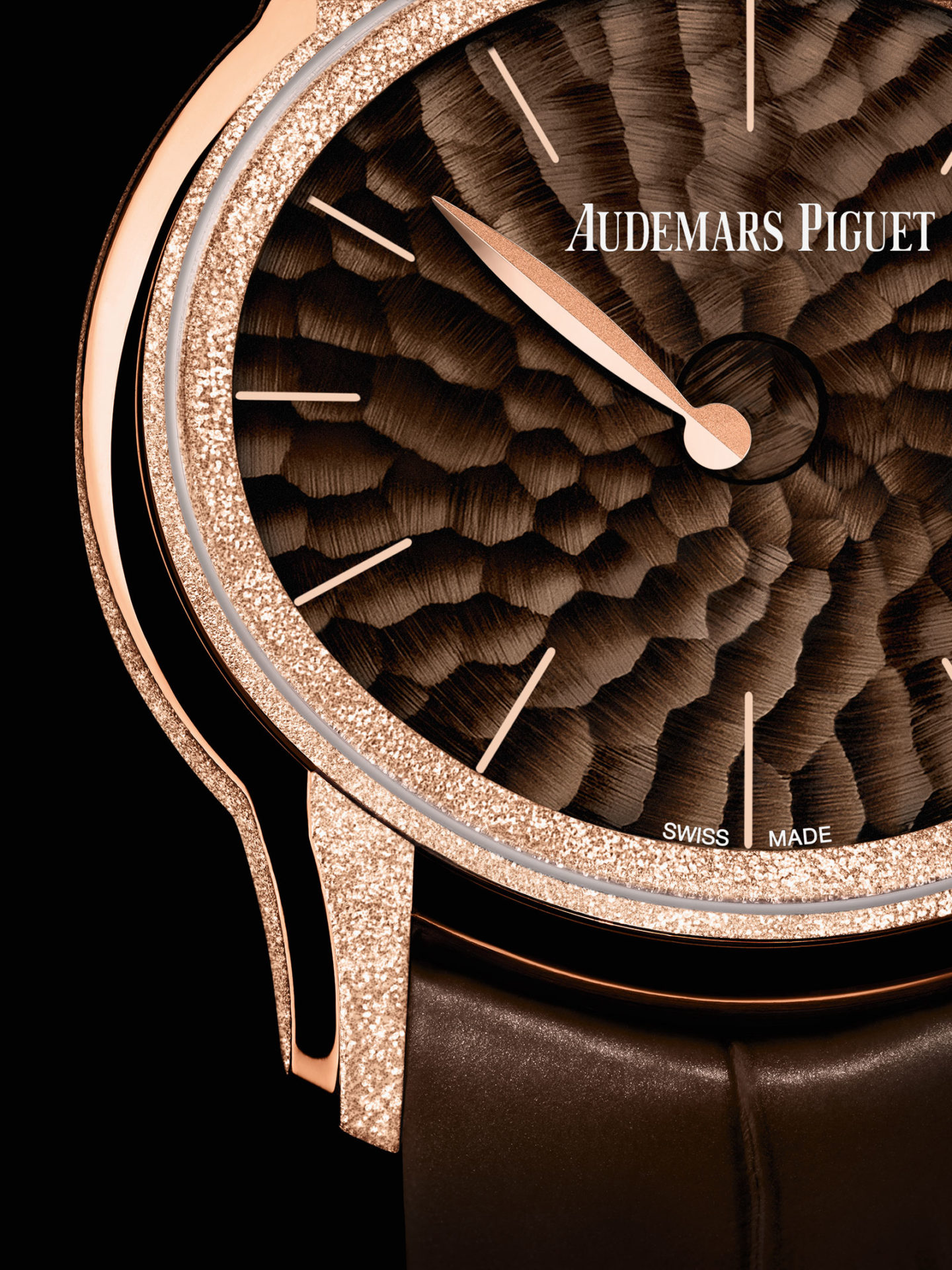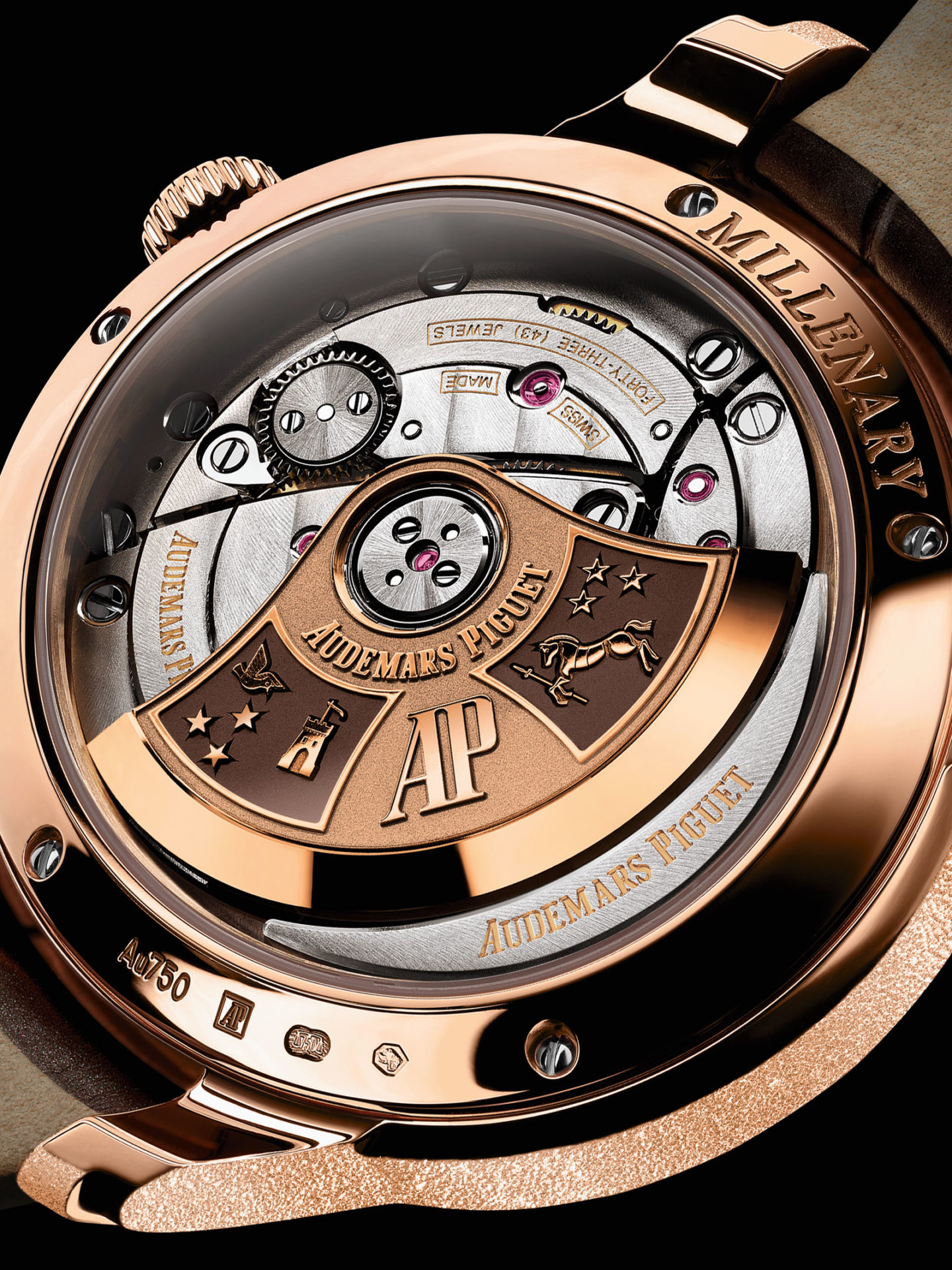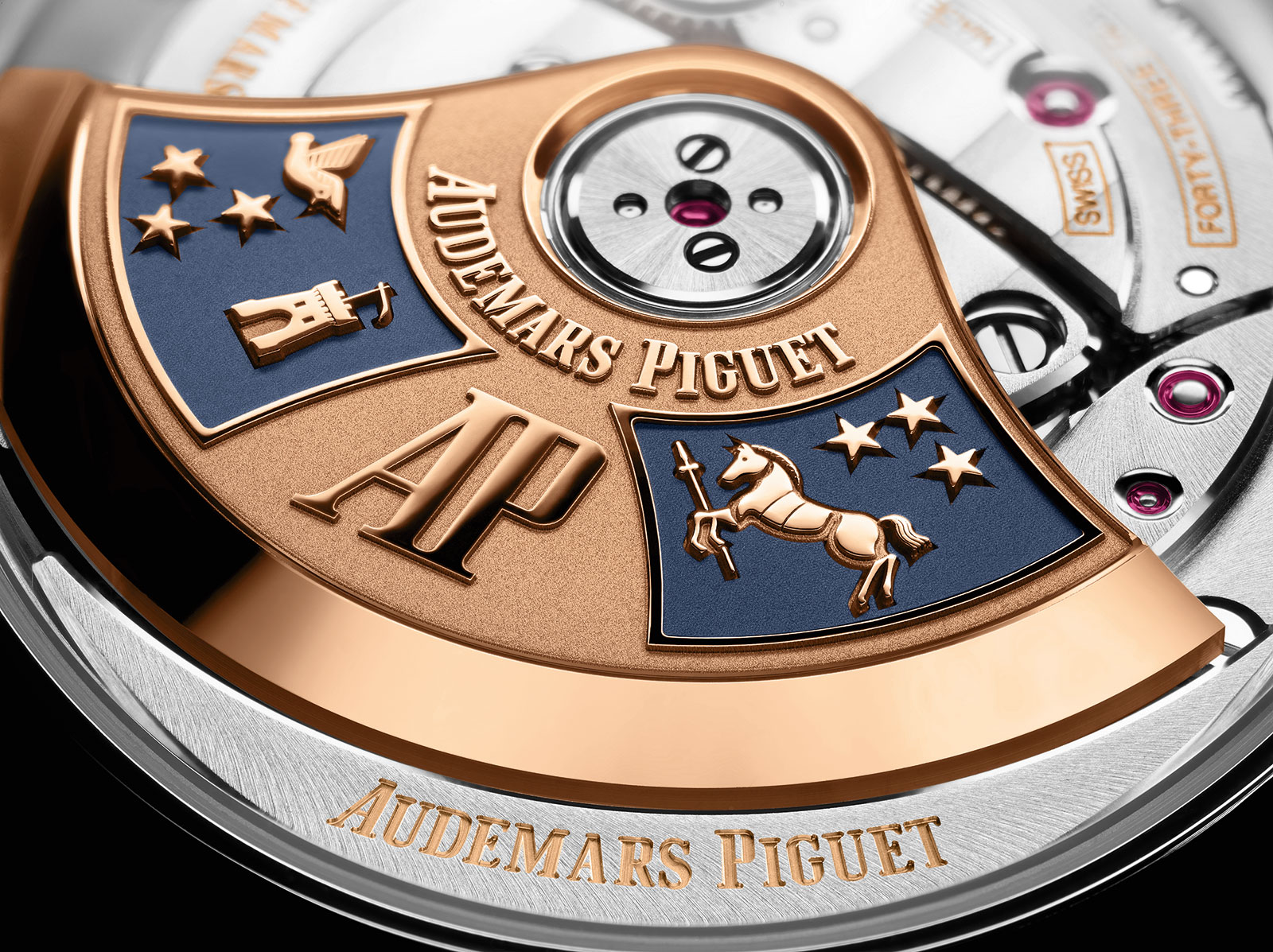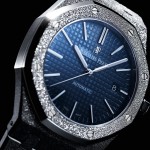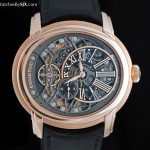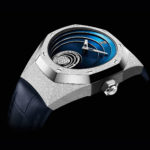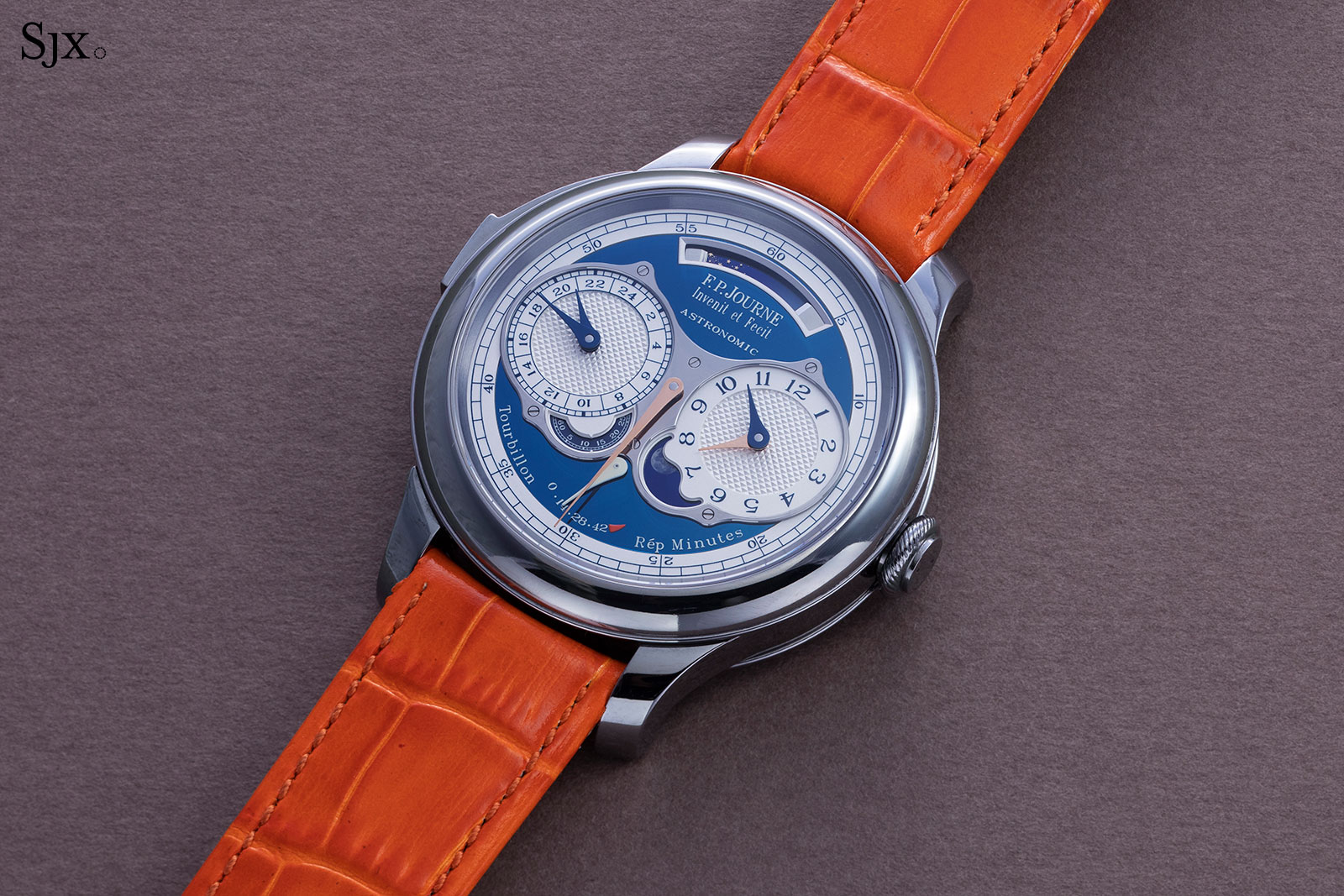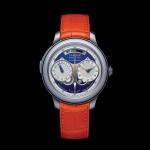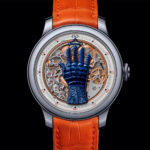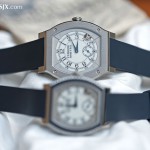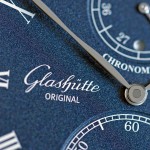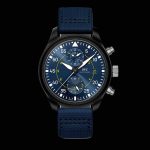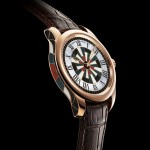With the Patek Philippe Grandmaster Chime in steel taking first place, the second-most expensive watch at Only Watch 2019, will inevitably be the F.P. Journe Astronomic Blue. The last time a one of a kind F.P. Journe went on the block at Only Watch, it sold for US$1.15m.
On most metrics the Astronomic Blue is a record-setting watch for F.P. Journe. It is the most complex wristwatch ever conceived by Francois-Paul Journe, boasting 18 functions. The Astronomic Blue is also the biggest F.P. Journe watch ever, and might become the most expensive ever after the Only Watch auction in November.
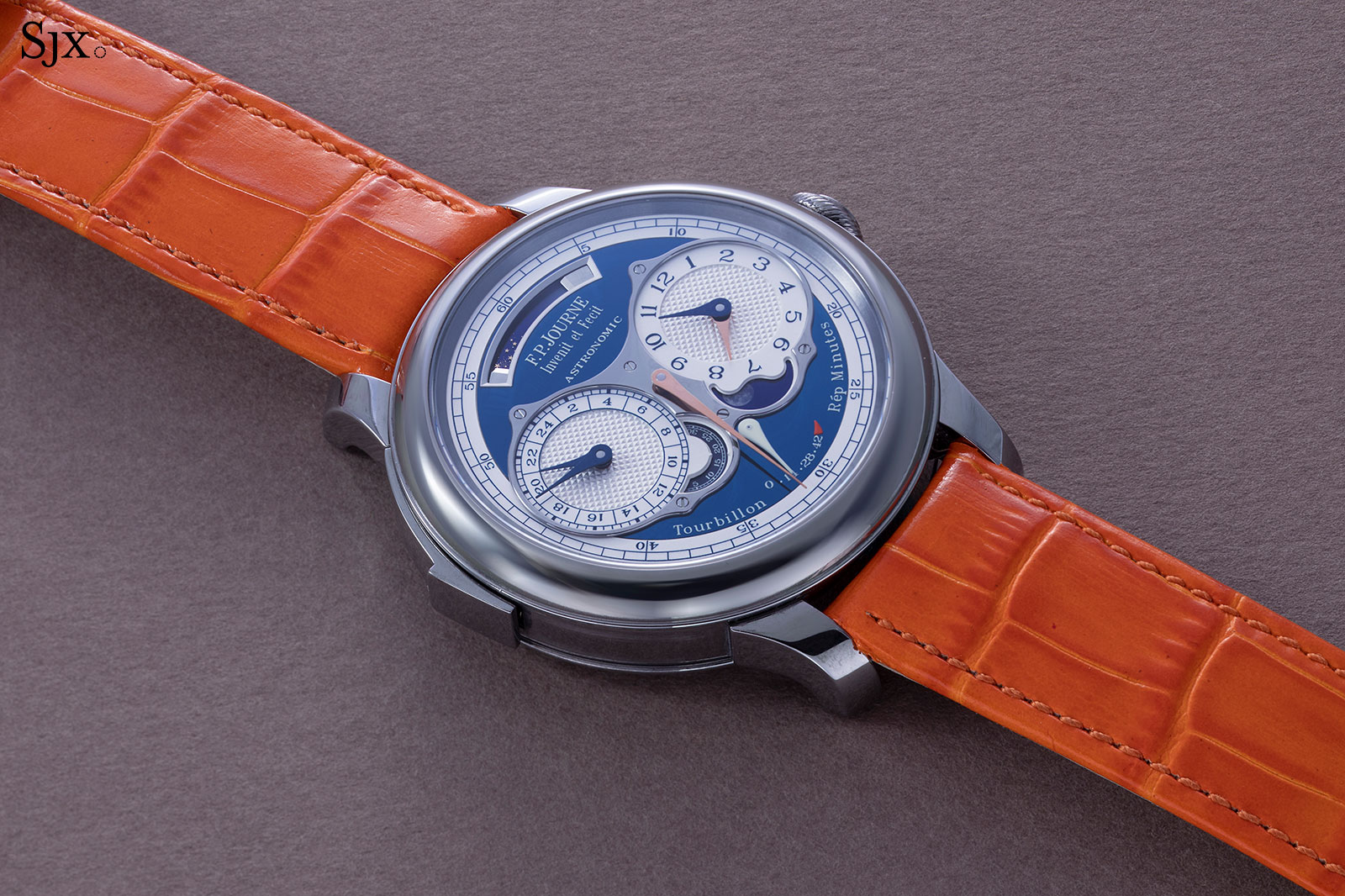
Remembering 1987
The Astronomic Blue actually traces its lineage back to a timepiece Mr Journe made in 1987, the “astronomic planetary watch”, a double-faced pocket watch. That, in turn, was inspired by the George Daniels Space Traveller, hence the similar, symmetrical dial layout.
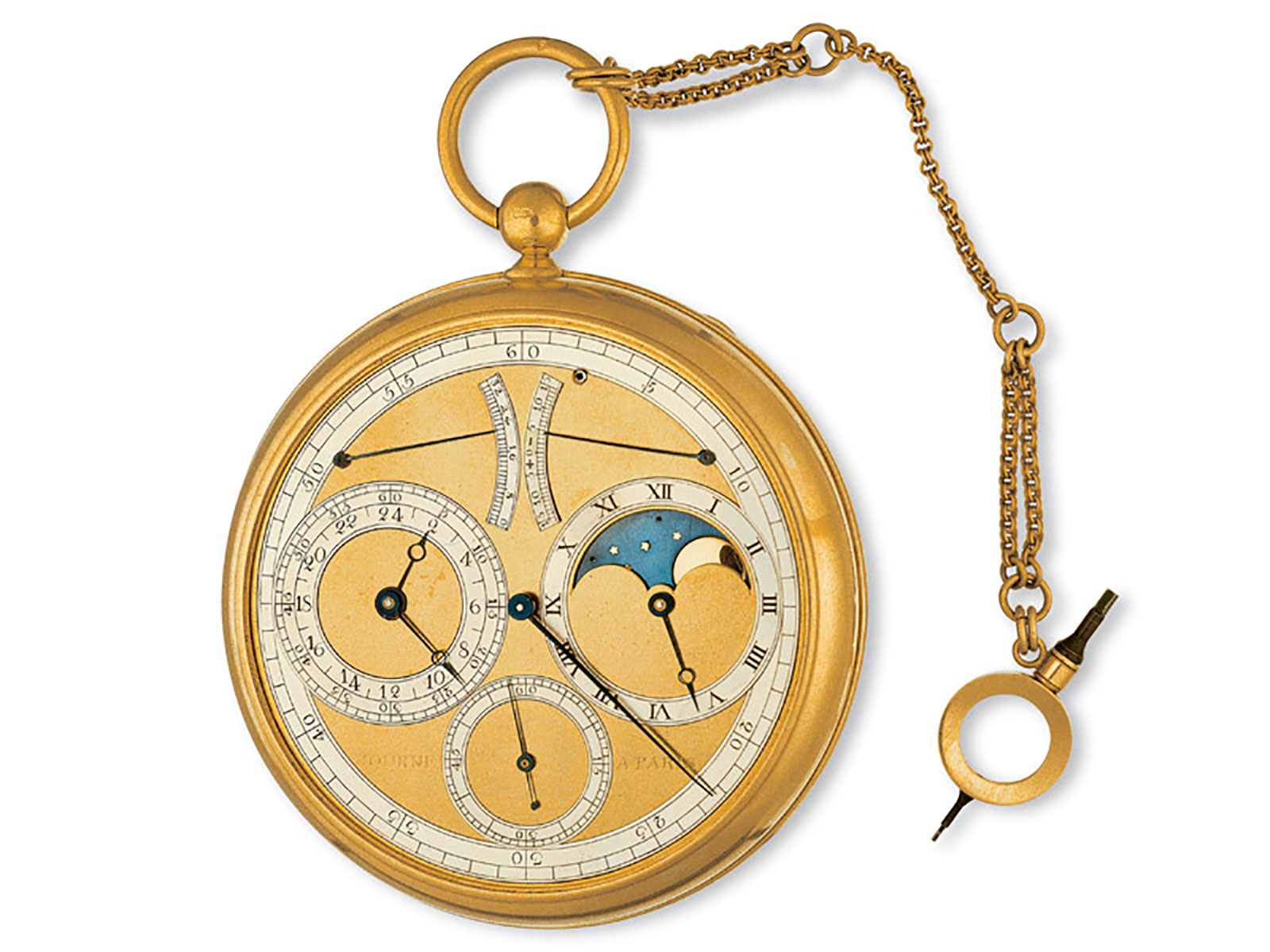
The astronomic planetary watch of 1987. Photo – F.P. Journe
Going even further back, Daniels modelled the Space Traveller on a handful of Breguet pocket watches from the 19th century, namely pocket watches no. 2807, 3862 and 3863. These featured similar, symmetrical twin sub-dials that indicated both mean solar time and apparent solar time.
The Astronomic Blue, in short, is the 21st century take on Breguet’s masterpieces.
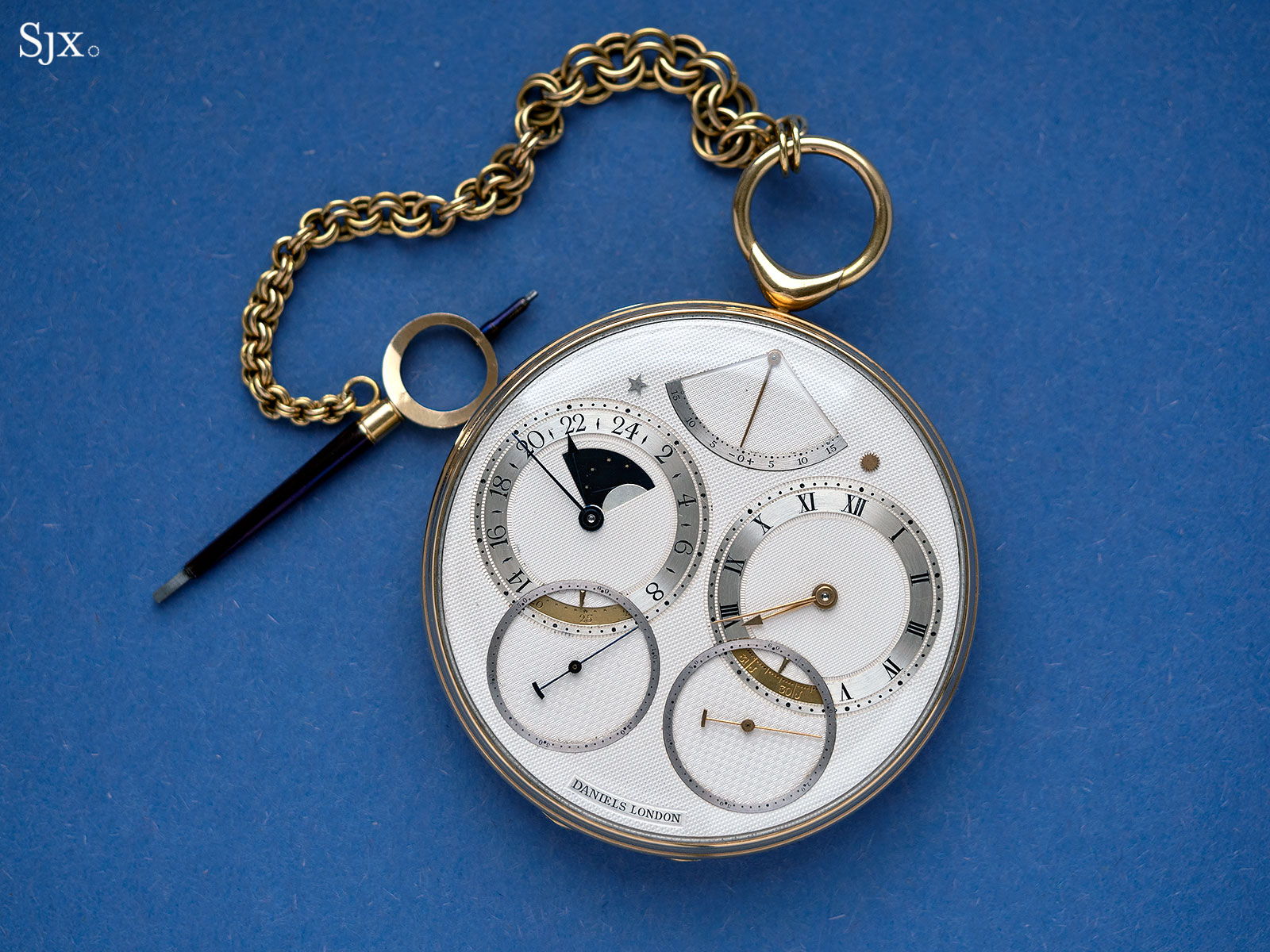
The George Daniels Space Traveller
Large and complicated
The Astronomic Blue is a complicated-looking watch, but easy to grasp thanks to the helpfully labelled diagrams provided by F.P. Journe.
It is also easy to operate, relatively speaking, since everything can be set via the crown, without the need for any tools. And despite everything that’s happening on the front, the layout is sensible and legible, helped in part by the size of the dial.
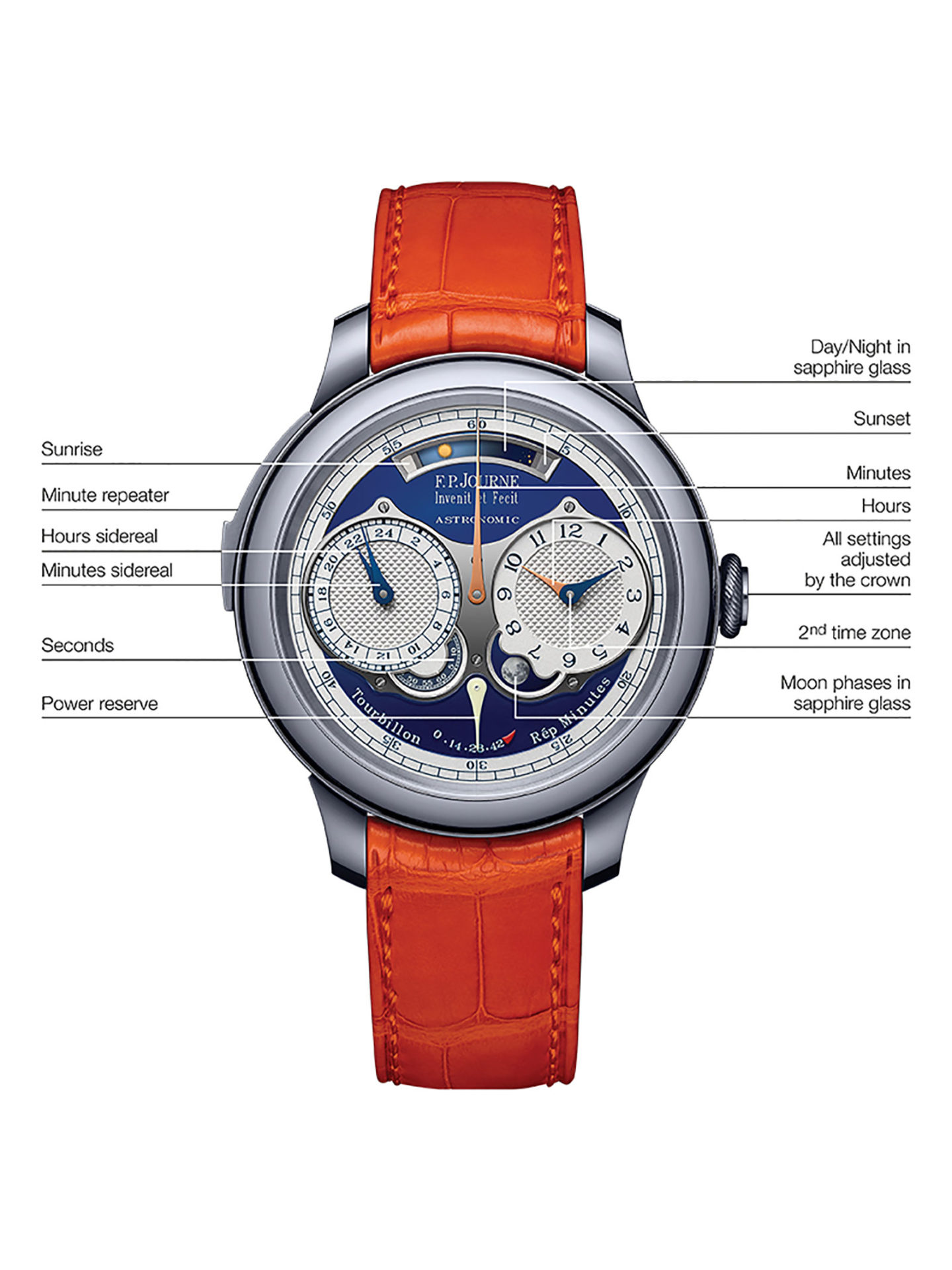
Like the Daniels Space Traveller, the Astronomic Blue indicates sidereal and mean solar time, but with a slight twist. Like Mr Journe’s 1987 pocket watch, the Astronomic Blue also incorporates a second time zone, one that’s entirely earthly and scaled in mean solar time, on the right-hand sub-dial.
The main mean solar time display, in other words, ordinary time based on the 24-hour day, is shown regulator-style, with the minutes in the centre and the hours on the right-hand sub-dial.
The design is also clever, easily managing to look like an F.P. Journe despite being unlike any other of the brand’s watches. It is instantly recognisable as one, thanks to all of the trademark elements scattered throughout the dial, from the hands to the typography to the polished ring holding the sub-dials.
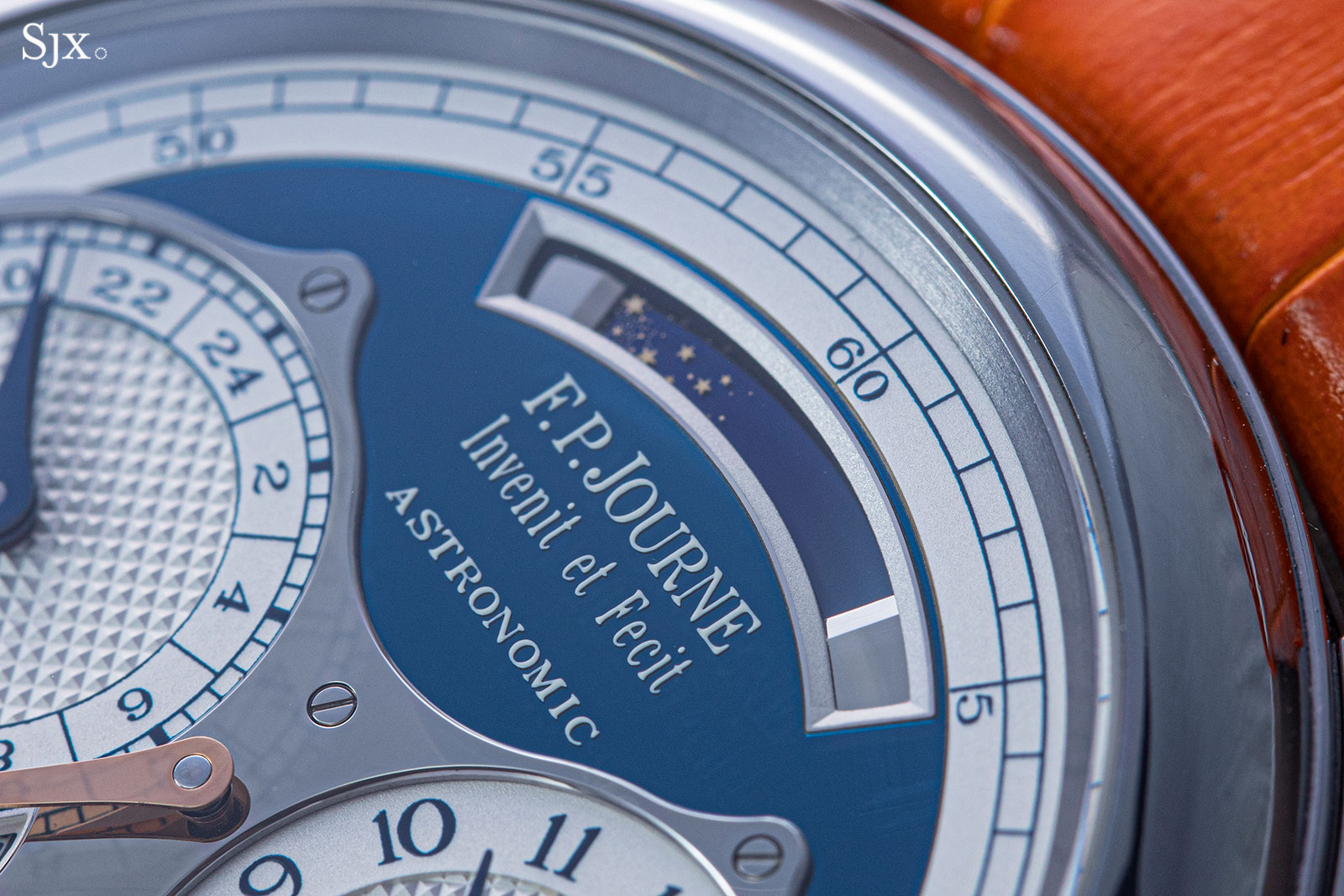
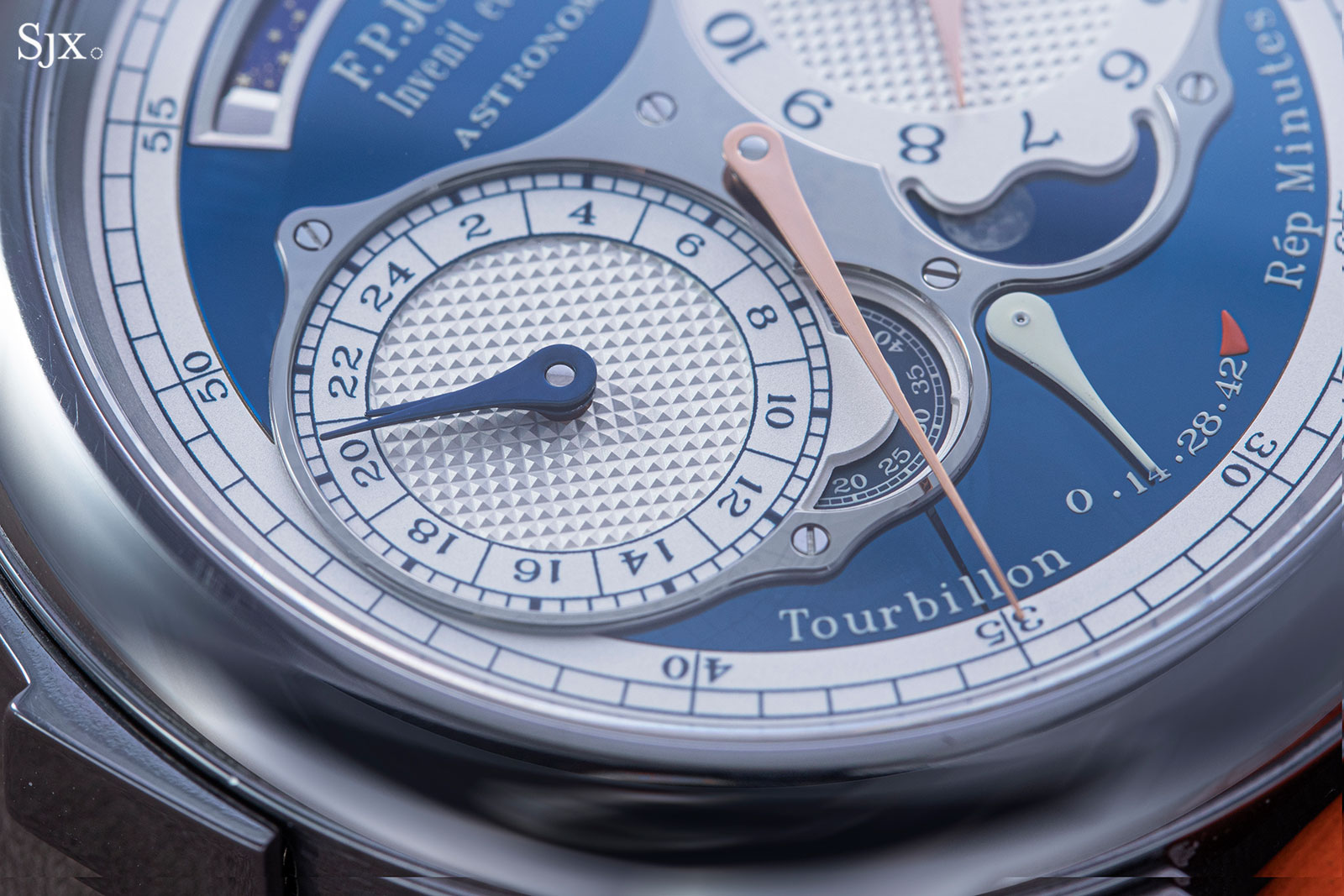
The sidereal time sub-dial, and below that the constant seconds
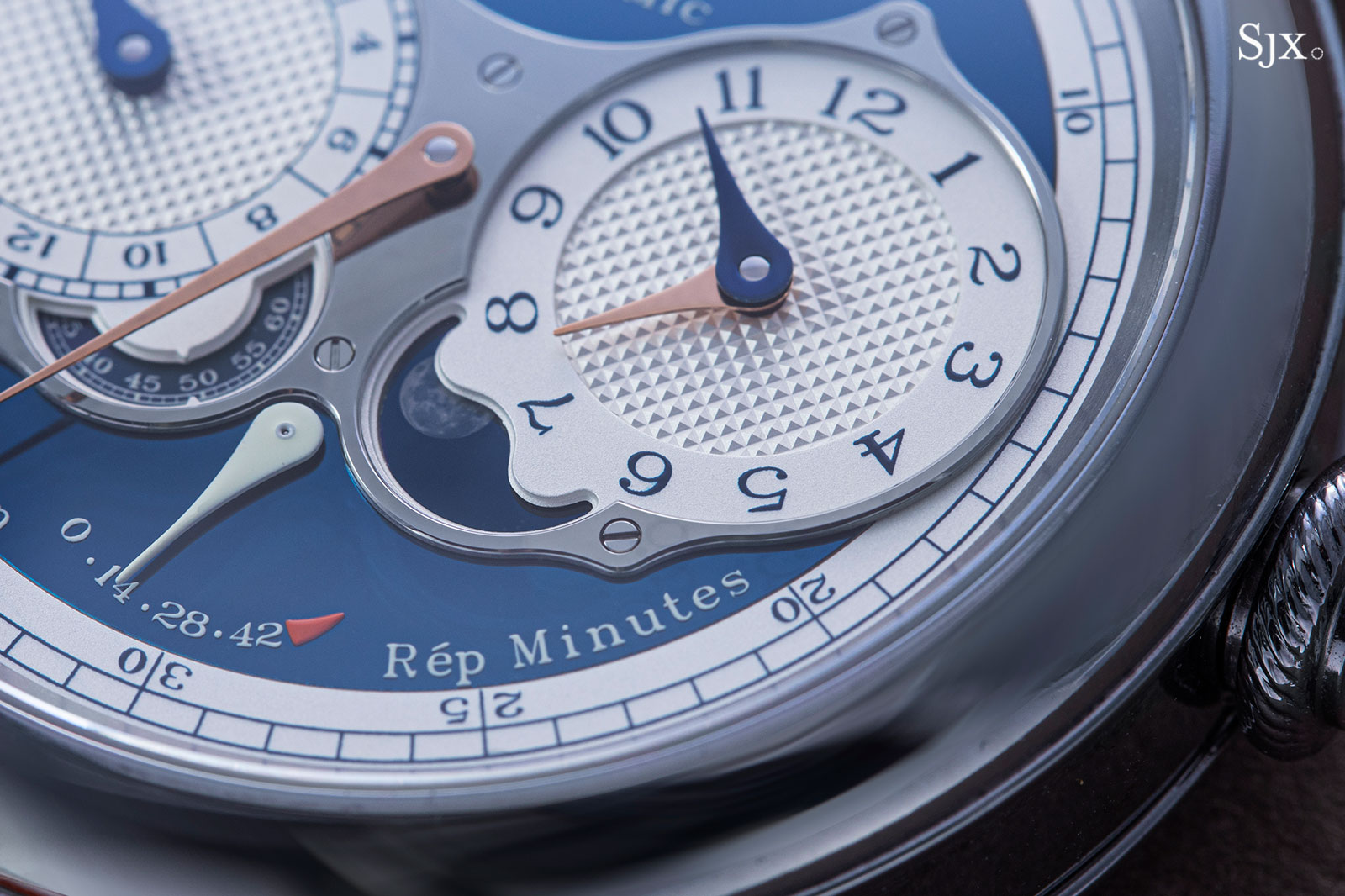
Mean solar time, and the second time zone, with the moon phase just below
The prototype movement
By part count the cal. 1619 in the Astronomic Blue exceeds the discontinued flagship complication, the Sonnerie Souverain grande and petite sonnerie, by some margin. The Sonnerie Souverain movement was made up of 408 components; the Astronomic Blue, on the other hand, has a 758-part movement.
Most F.P. Journe watches have a neatly arranged, often streamlined movement. When turned over, the Astronomic Blue reveals a view that is extremely complex. Besides the movement, the back includes a ring-type annual calendar as well as an equation of time, which is reminiscent of what Daniels did on his Grand Complication pocket watch.
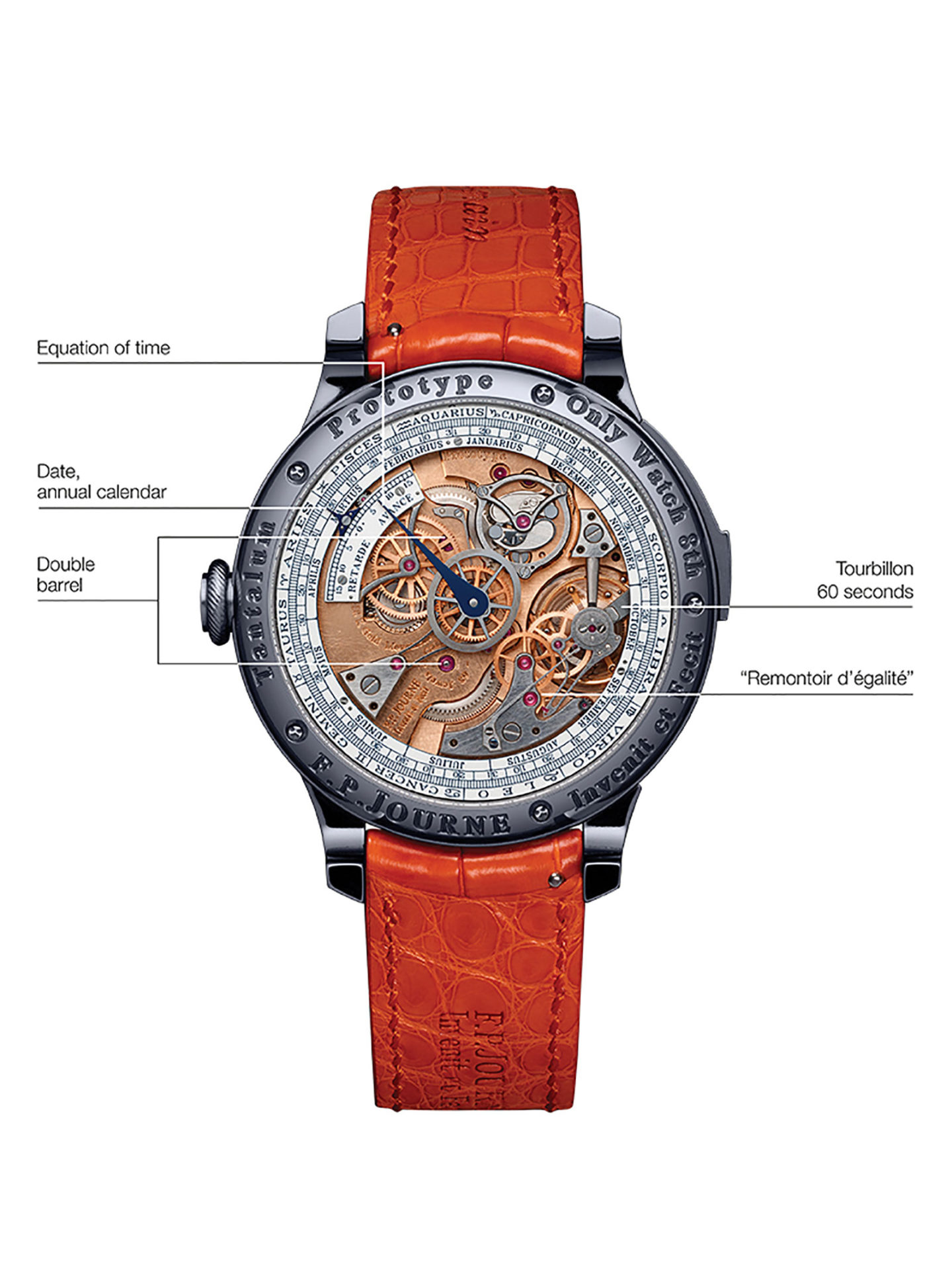
The back also reveals one of Mr Journe’s signature complications – a one-minute tourbillon with remontoir d’egalite, or constant force remontoire. And next to the tourbillon is the centrifugal governor for the minute repeater, which is mostly hidden.
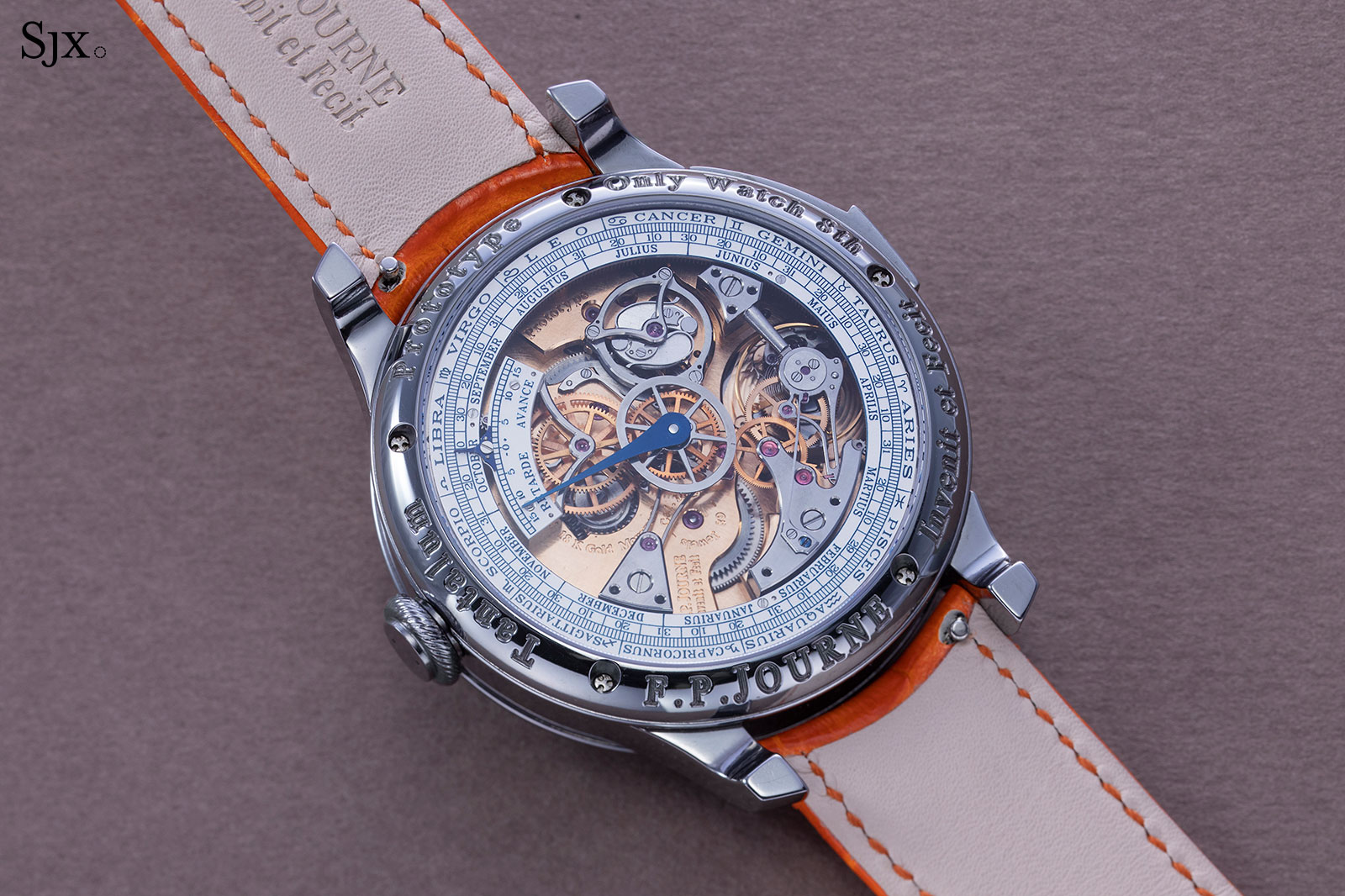
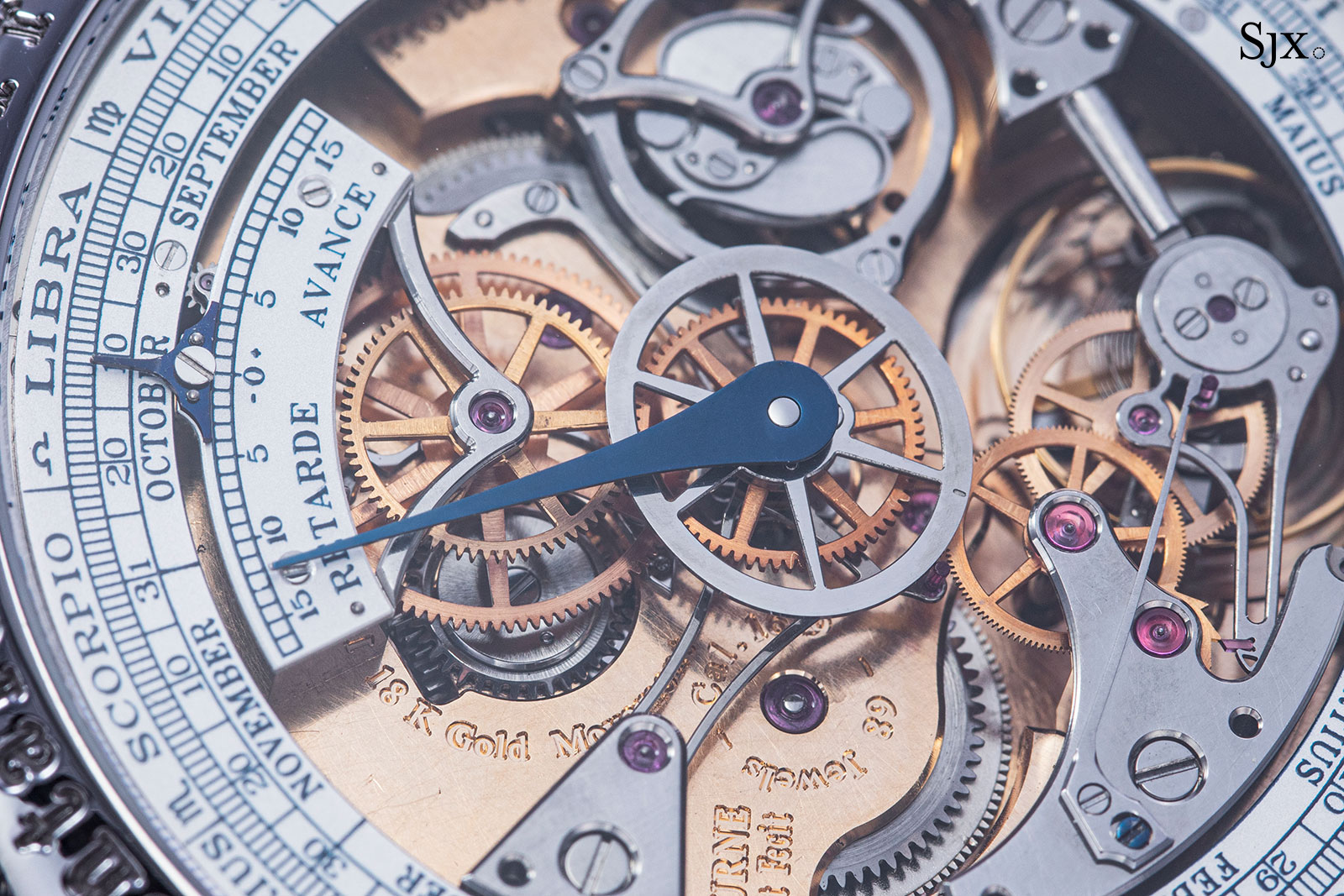
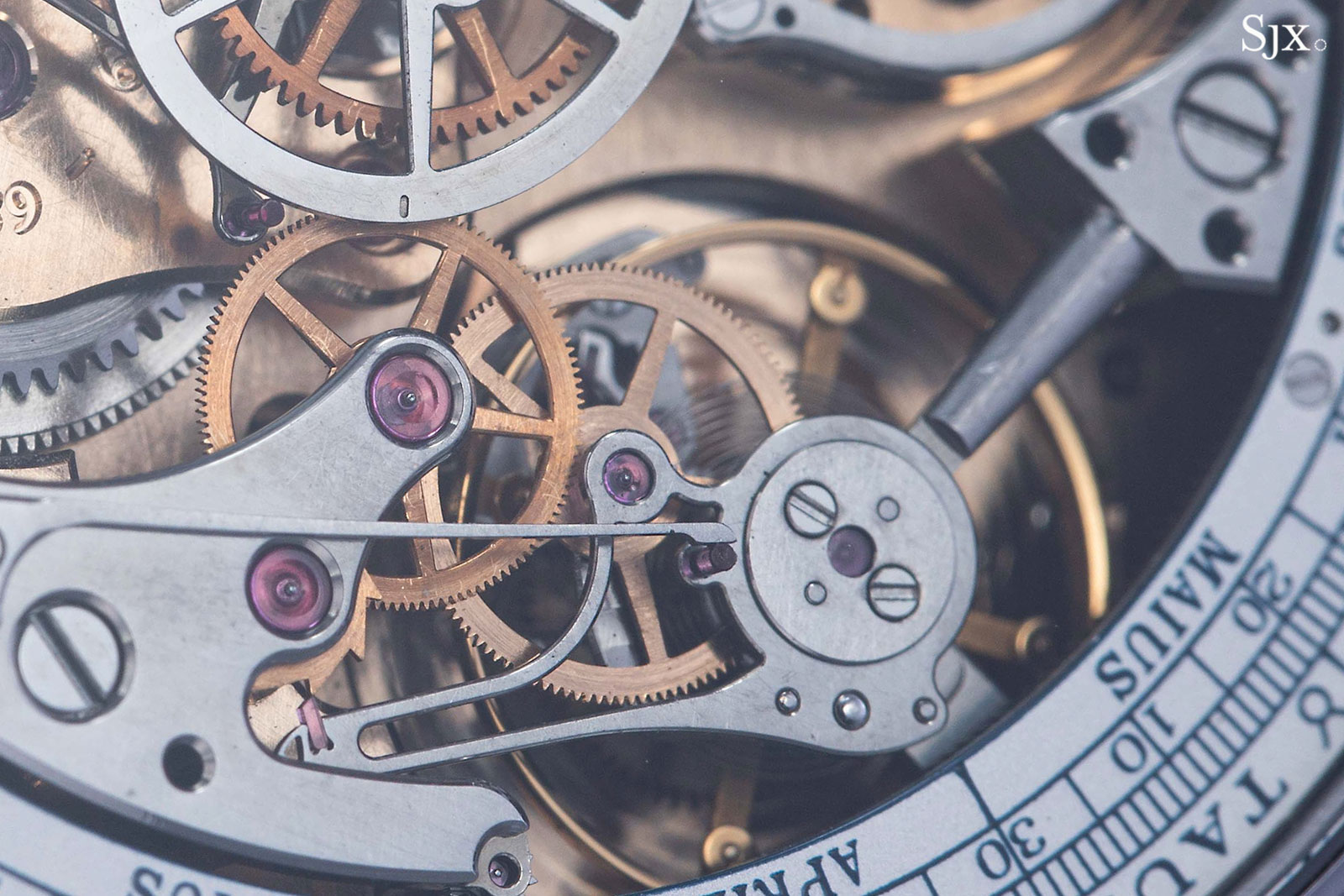
The tourbillon with a remontoir d’egalite
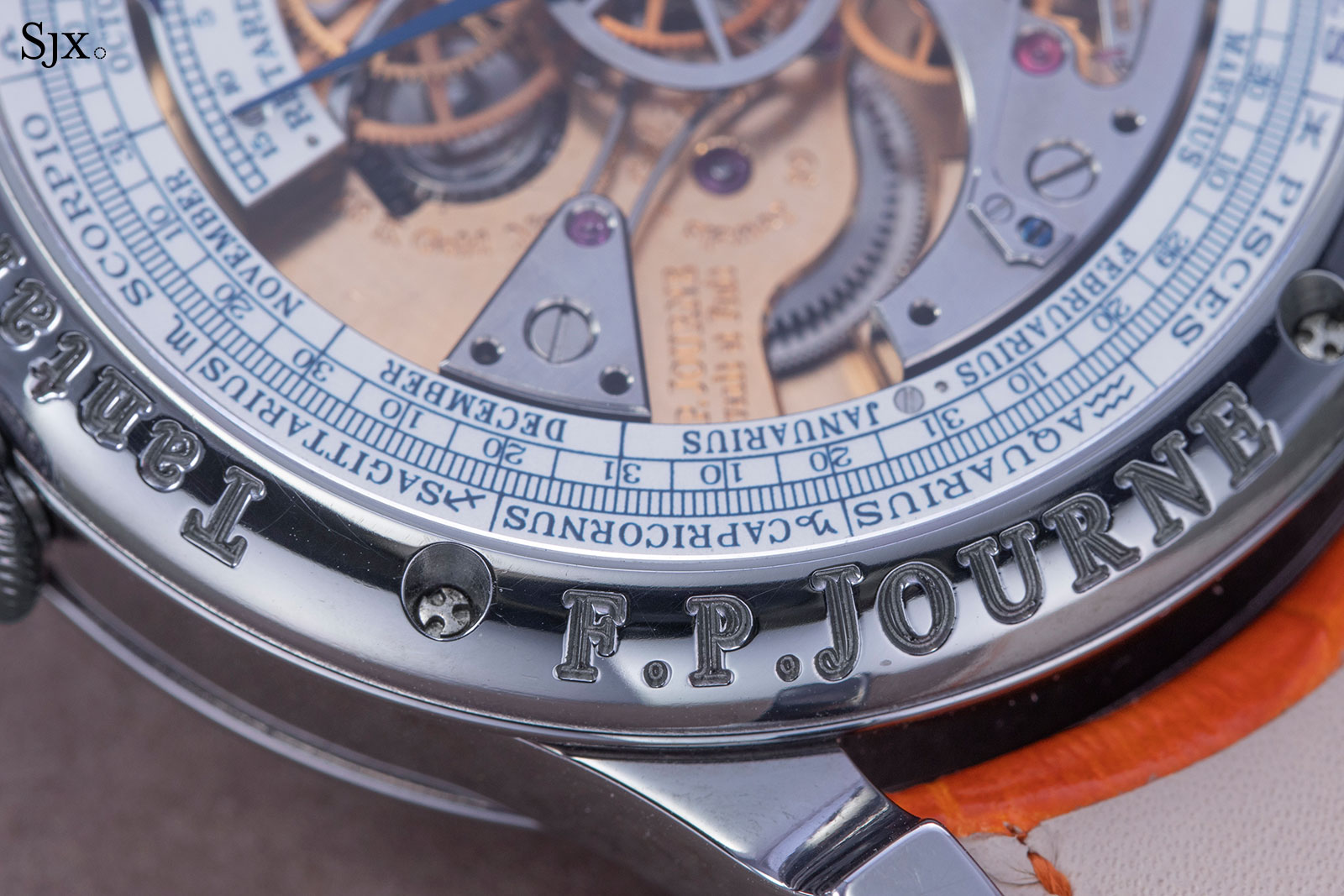
The reason the repeater mechanism is unseen lies in the inventive construction invented by Mr Journe. Instead of conventional block-like hammers and tubular gongs, his patented system relies on wide and flat hammers and gongs, which increase the compactness of the movement on both dimensions.
But the downside of the creative construction is the sound, which is softer than most and less resonant. In the large and heavy tantalum case of the Astronomic Blue, that is exacerbated and the repeater chimes are not easily heard.
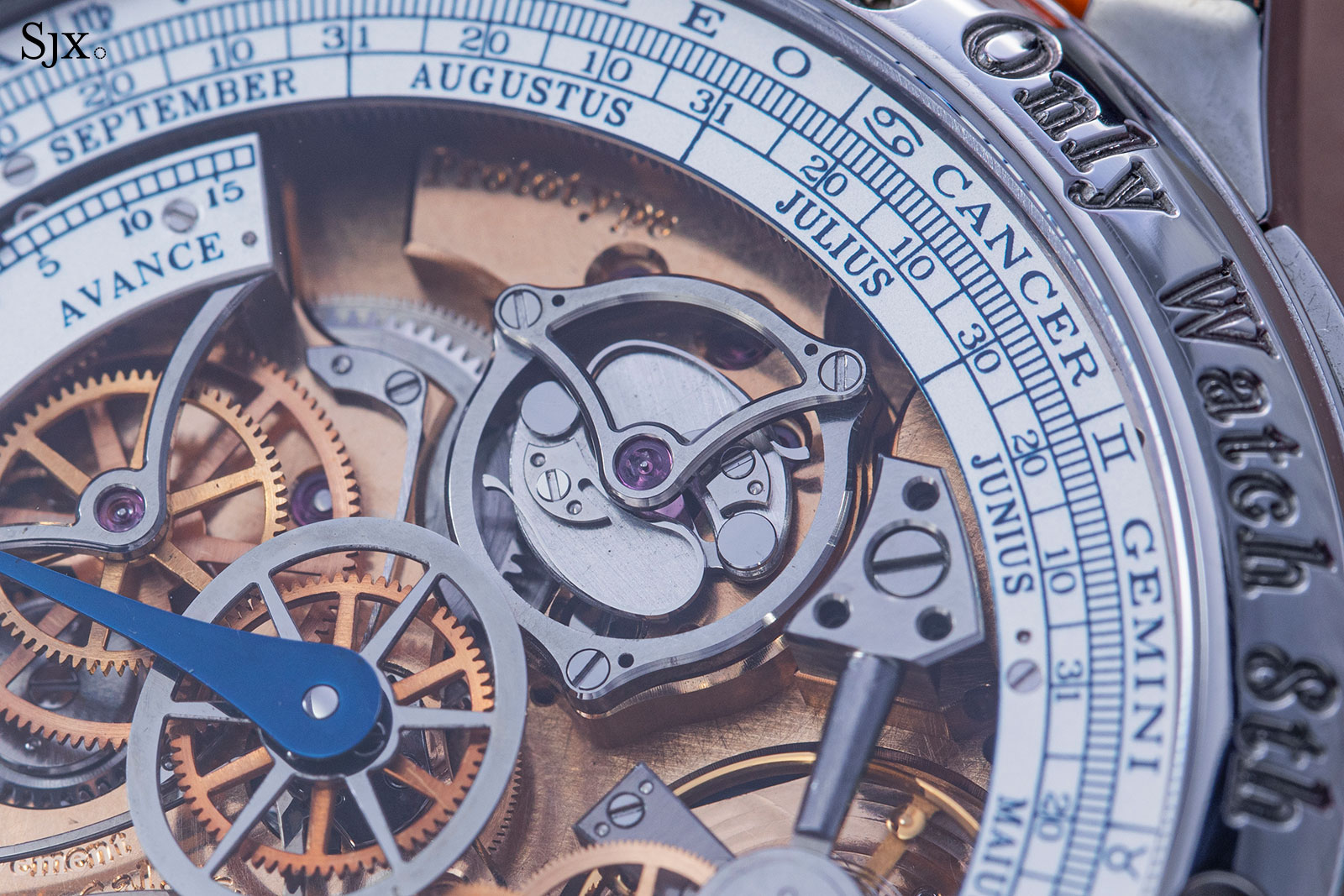
The centrifugal governor of the repeater

Notably, the movement inside the Astronomic Blue is a prototype. In fact, it is a bona-fide prototype, unlike other “prototype” watches sold at Only Watch that are identical to the production versions and merely numbered differently.
As a result, the view from the back is decidedly unconventional. While everything up to the calendar ring looks new and modern, the movement looks like an antique. The cal. 1619 works functions as the production version of the movement will, but lacks the visual and decoration touches.
So while the bridges and base plate are 18k red gold, as is convention at F.P. Journe, the bridges are finished with a coarse linear graining, instead of Cotes de Geneve. Many of the steel parts appear unfinished, though most of the wheels are circular grained.
But it’s important to point out at only the movement is a prototype, the rest of the watch, including elements on the back like the calendar ring, is perfectly executed, exactly as a brand new F.P. Journe wristwatch would be.
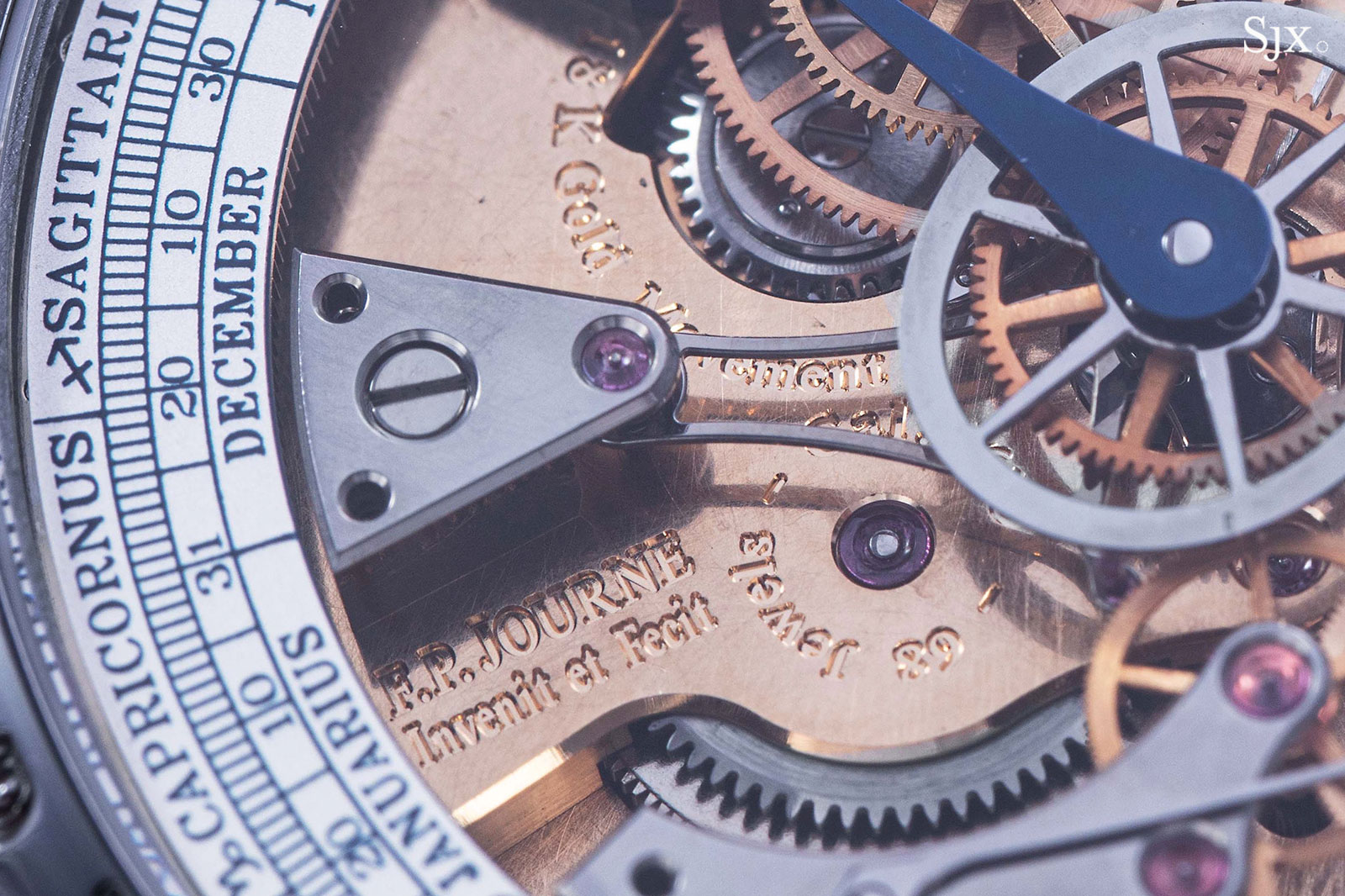
Chronometre Bleu’ed
The Astronomic Blue is the third in the series of one-off watches F.P. Journe has made for Only Watch, all of which are inspired by the Chronometre Bleu. The first was the Tourbillon Souverain Bleu from 2015, which was followed two years later by the Chronographe Monopoussoir Rattrapante Bleu.
They all share the same case material, the hard and dense blue-grey metal tantalum, as well as the same mirror-like, deep-blue dial finish.
On the Astronomic Blue the reflective dial finish is less obvious at first glance, because much of the dial is covered by other surface finishes. But when the watch catches the light just right it almost seems to physically grow deeper.
The visual effect is enhanced by the fact that the dial markings are printed on top of the clear lacquer of the dial, resulting in the optical illusion that they are floating far above the surface.
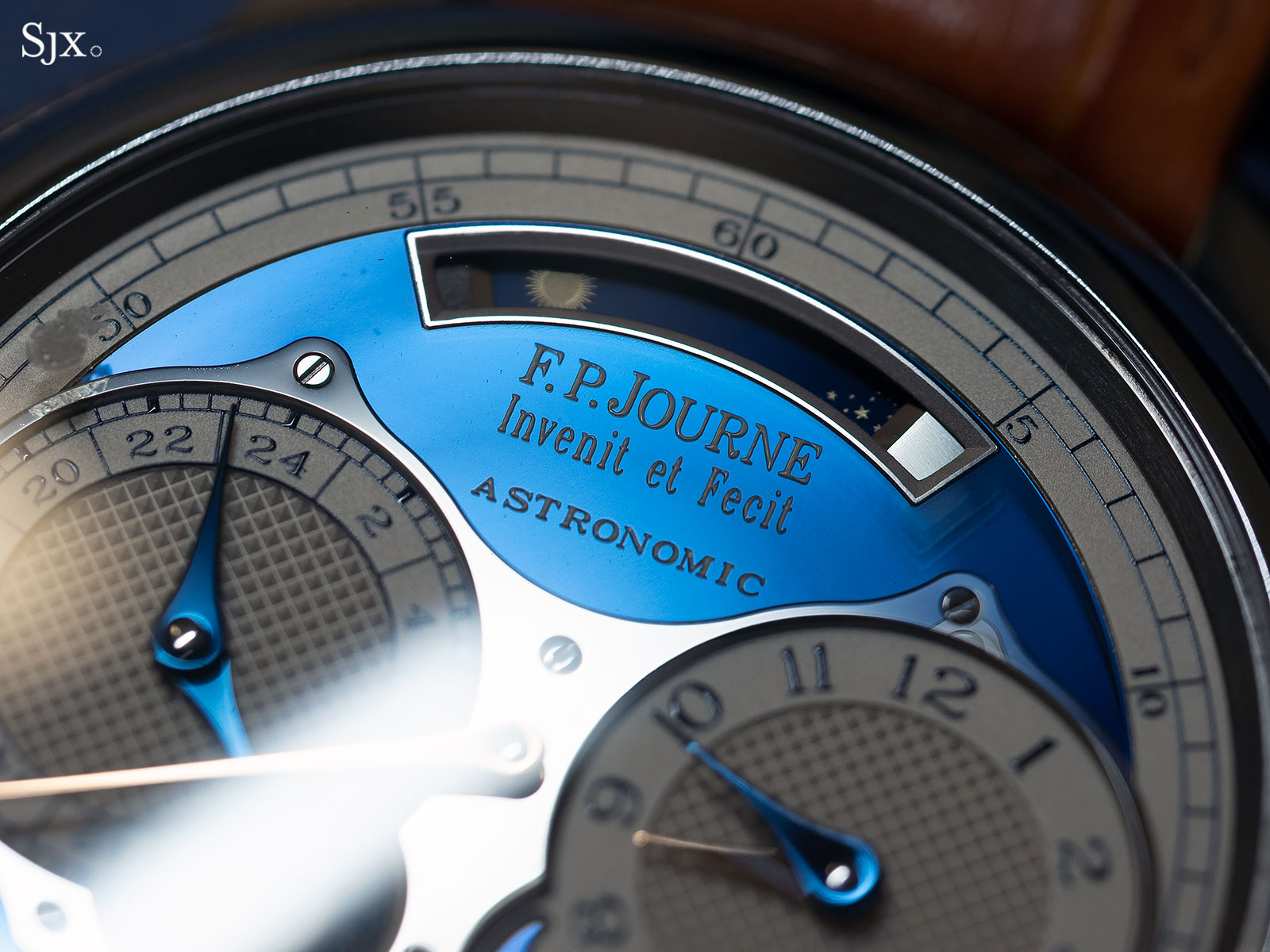
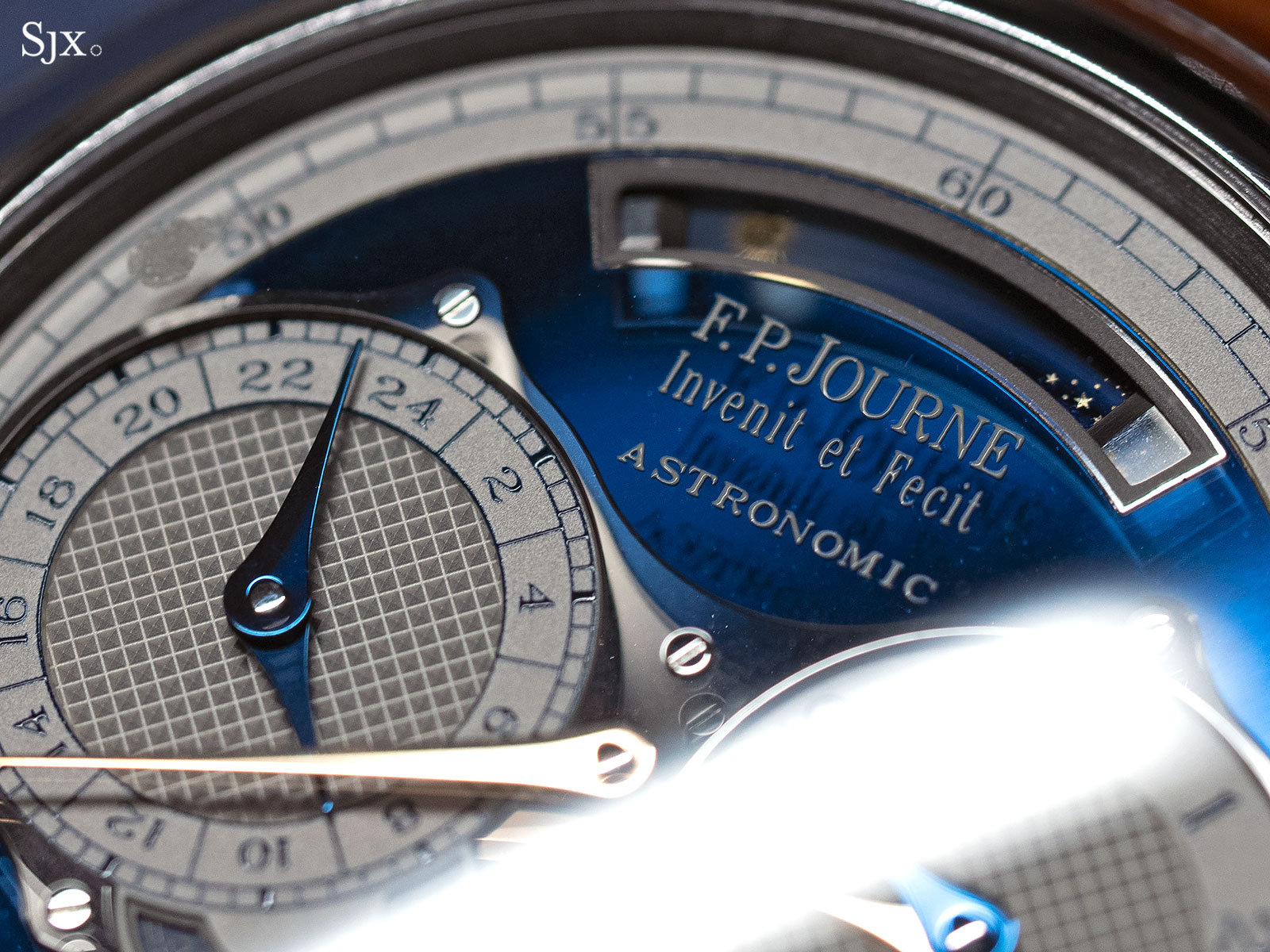
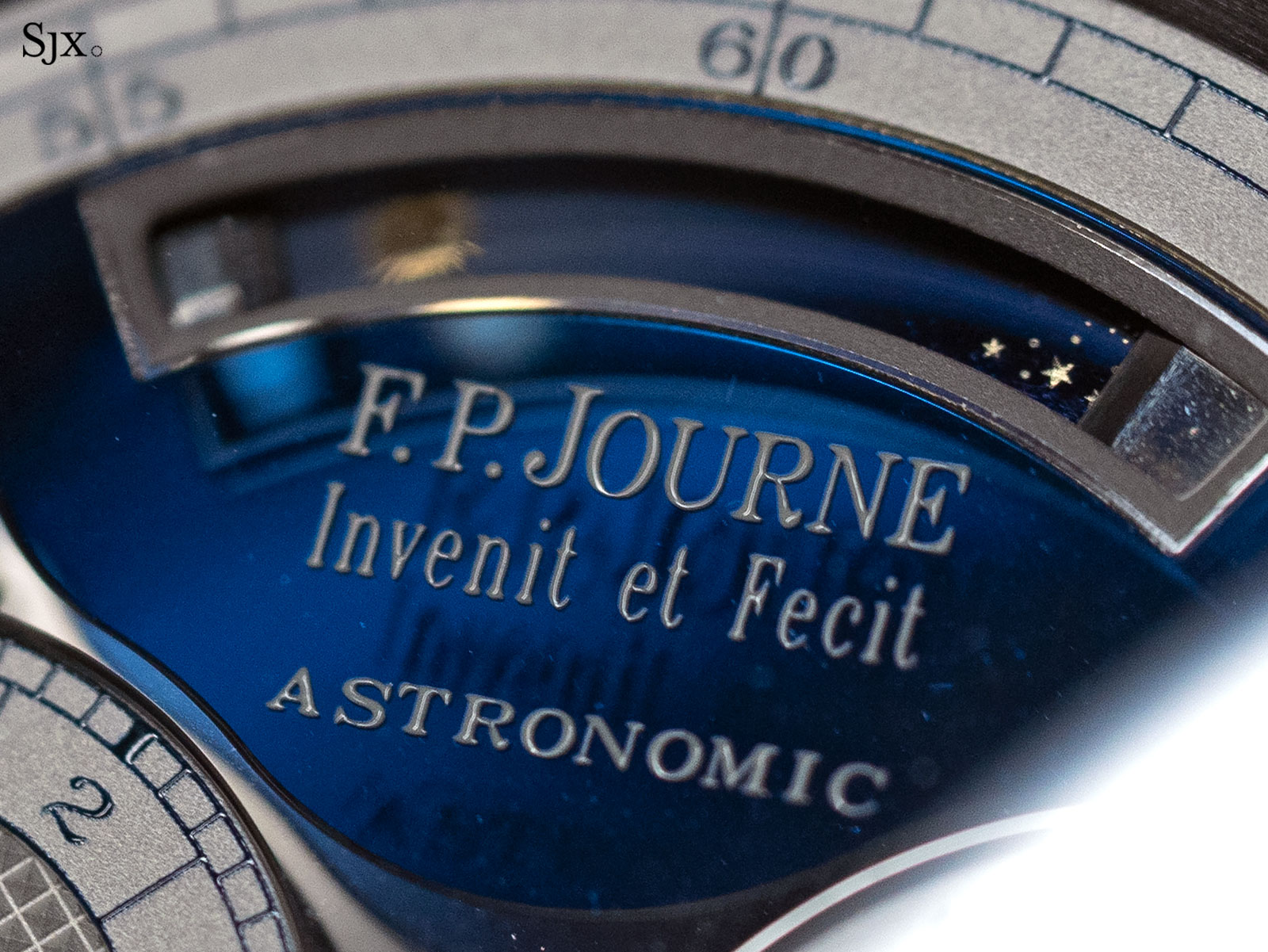
The Astronomic Blue is a big watch, most probably the largest F.P. Journe wristwatch ever. The tantalum case measures 44mm wide and and 13.75mm high.
It’s bigger than the recent Tourbillon Souverain Vertical, and also larger than the Sonnerie Souverain, which was only 42mm by 12.25mm.

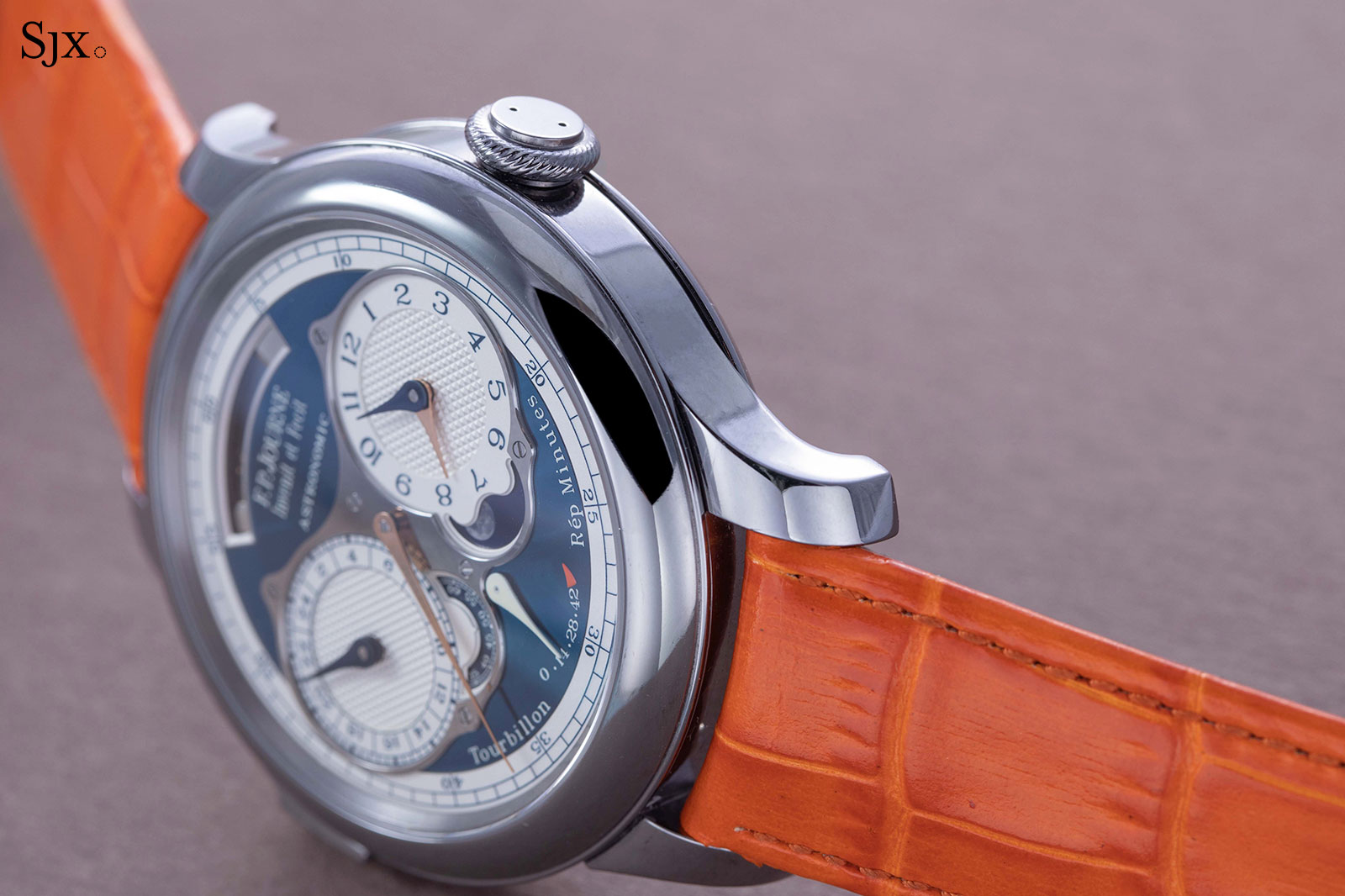
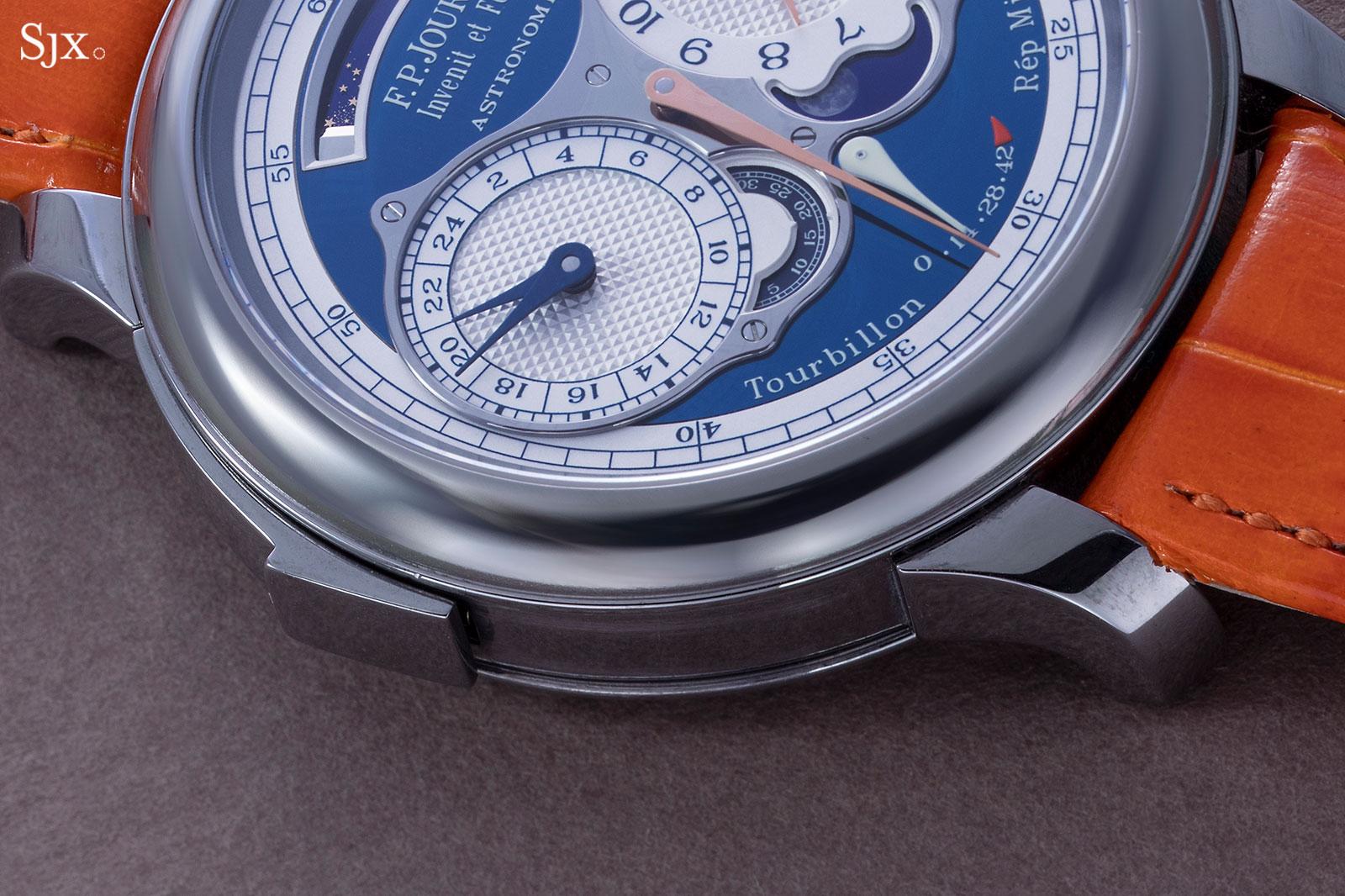
Because of the case material – tantalum is twice as dense as stainless steel – the watch is also heavy.
The Astronomic Blue is an impressive watch, both intellectually and physically, but lacks the elegance of earlier F.P. Journe watches. It’s too big for my tastes, but it’s actually fairly modest for a watch with this number of functions.
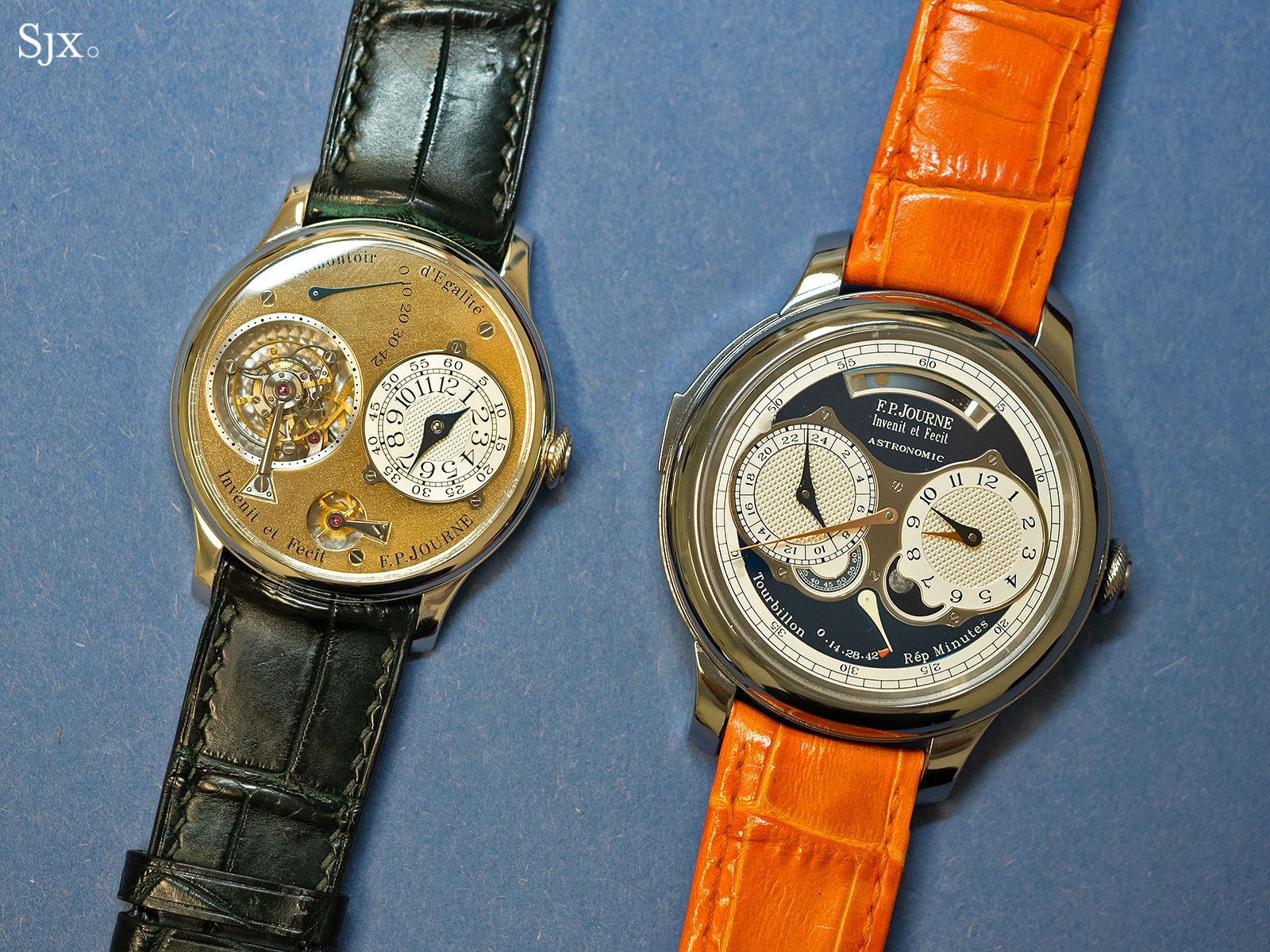
Next to a 38mm F.P. Journe tourbillon
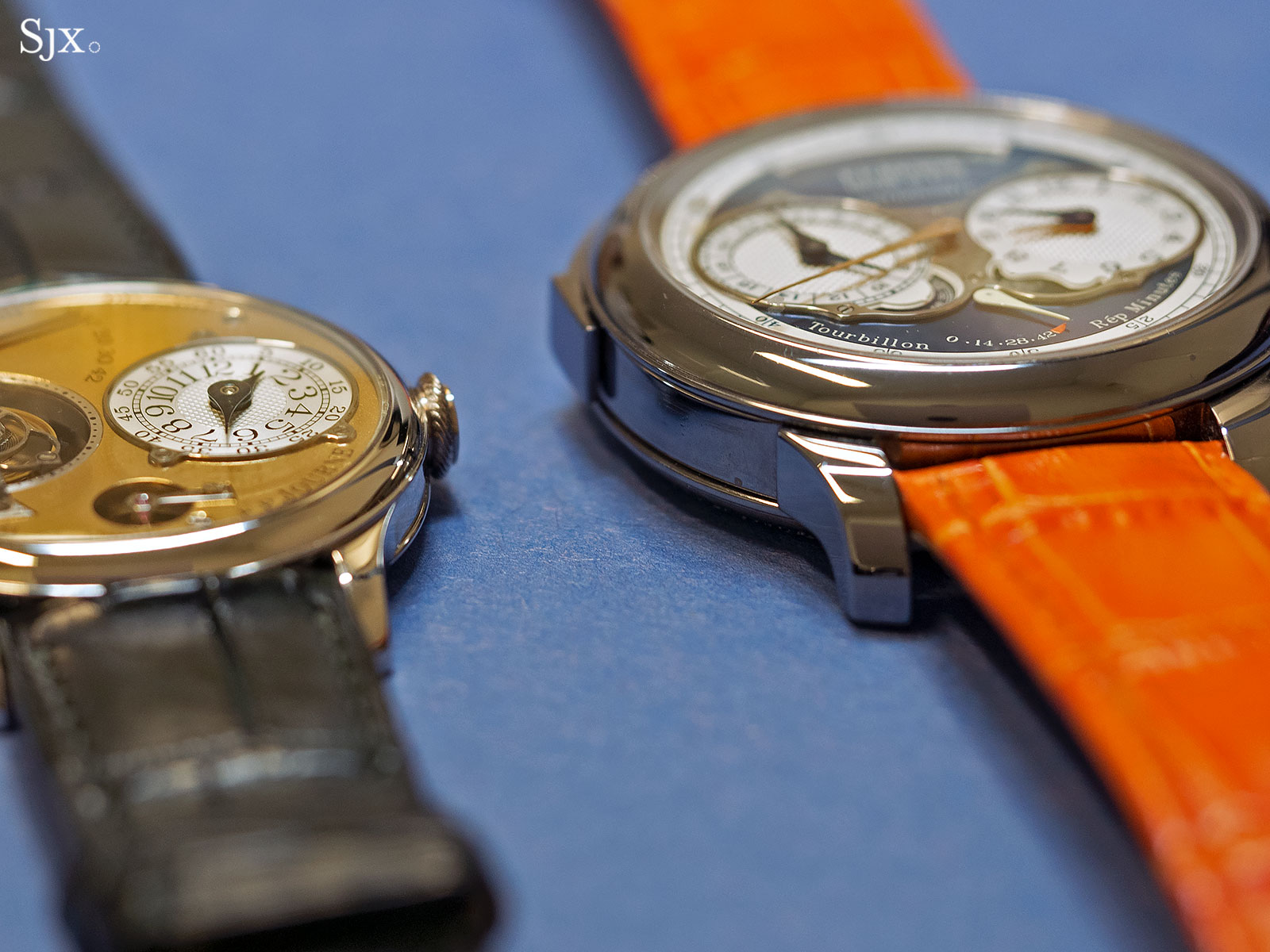
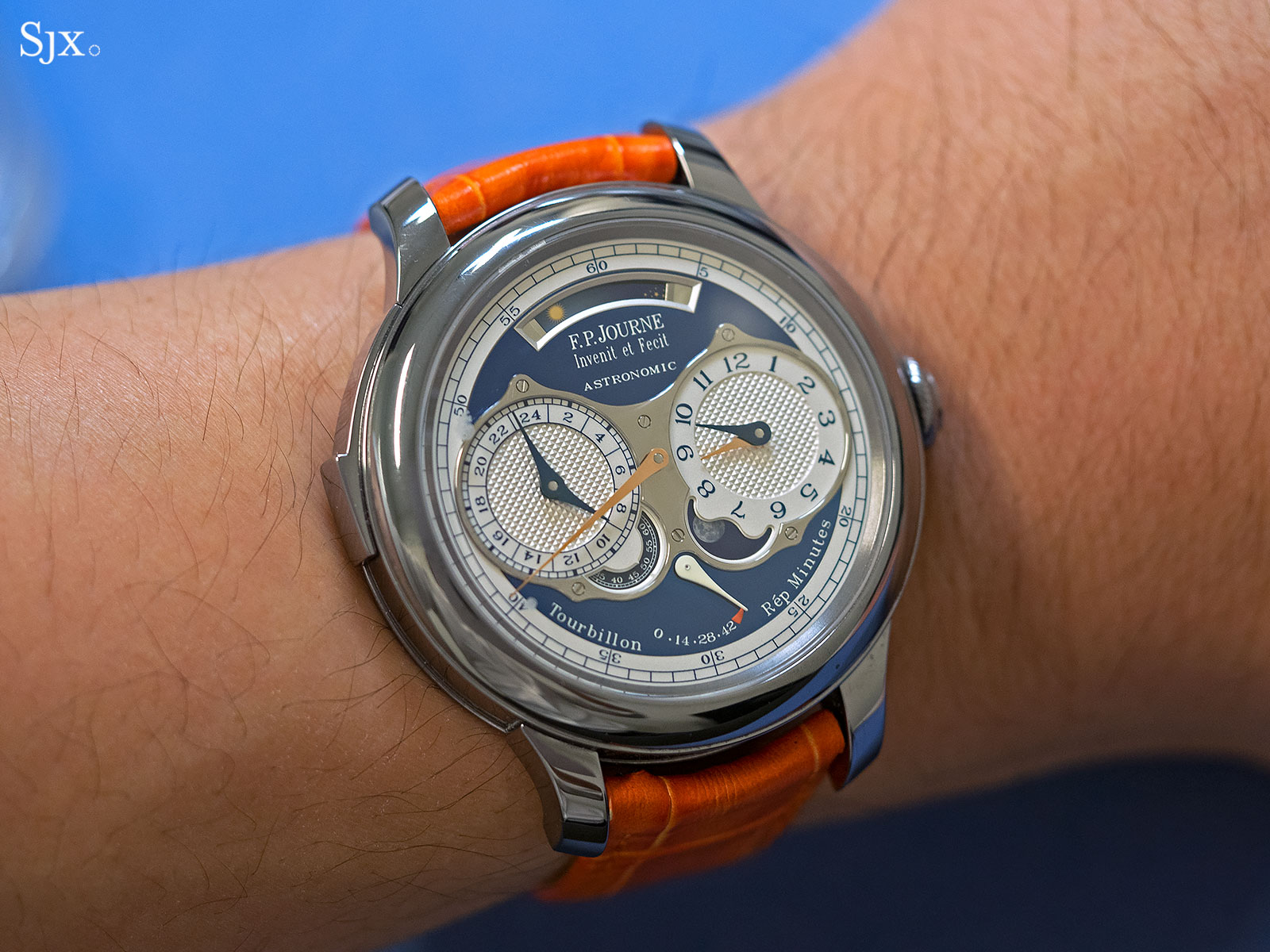
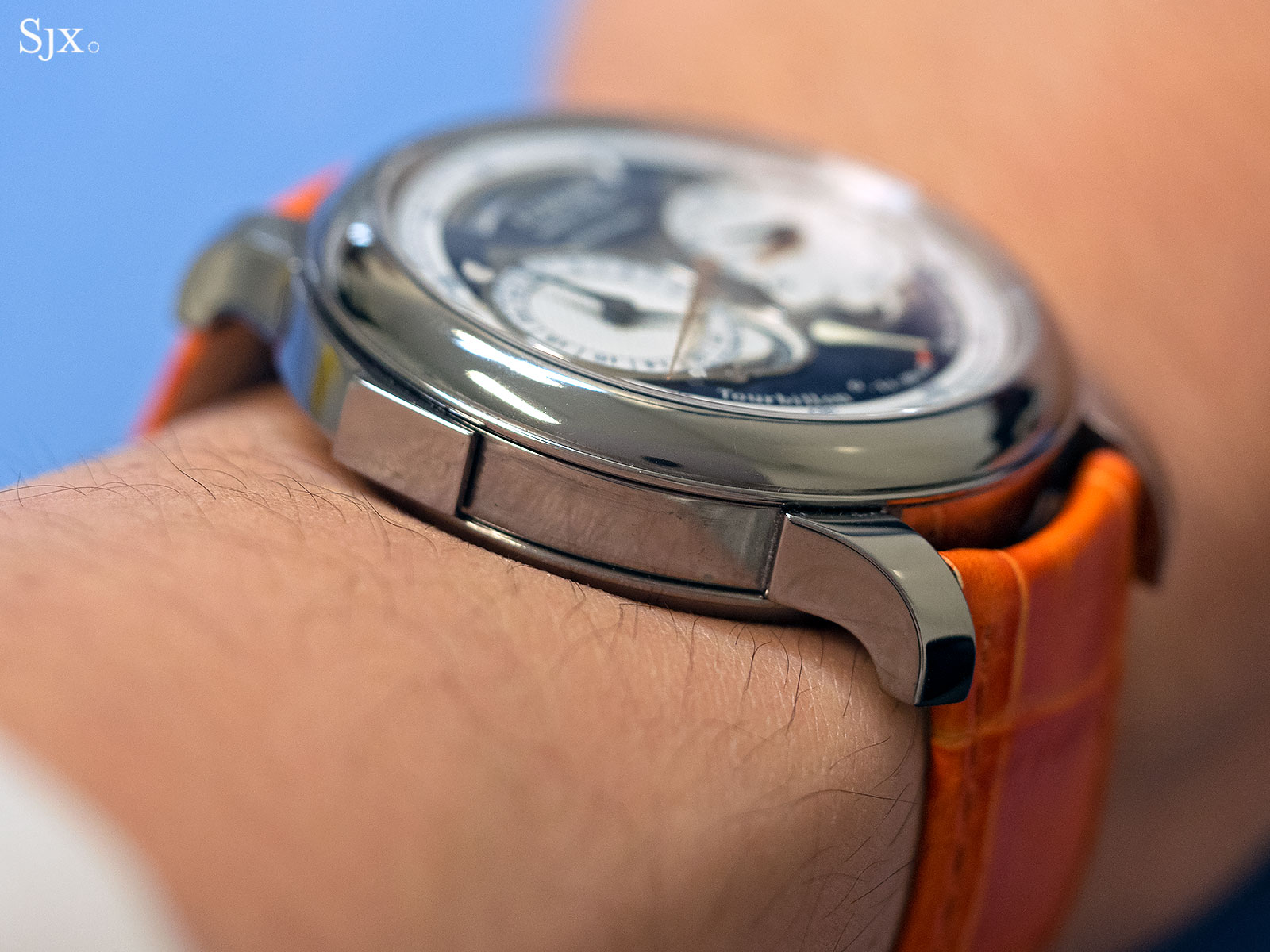
As for why the orange watch strap: Mr Journe indicated in an interview last year he knew which clients would want the Astronomic Blue. Several of them were bidders on the Monopoussoir Rattrapante Bleu that was dressed in the same colours, so presumably Mr Journe knows his clients like the livery.
Concluding thoughts
The Astronomic Blue is a milestone for F.P. Journe, both in terms of technical achievement and the price it will achieve. It also embodies the current era of F.P. Journe watchmaking, which is bigger, in complications and in size.
Traditionalists who enjoy the slim, early watches will find it too large, but the Astronomic Blue is what high-end watchmaking is all about today – high-end watches have to look the part – and it shows F.P. Journe can do it as well as anyone, or a little better in fact.
It’s estimated at 300,000-600,000 Swiss francs, but will surely exceed the high estimate easily. Mr Journe has already indicated the regular version of this watch will be priced at almost a million francs when it enters production in late 2020. It’ll have a steel case, which will certainly make it lighter and easier to wear.
The Astronomic Blue (ref. AST) be sold at Only Watch 2019 that takes place on November 19, 2019 at Christie’s Geneva. The rest of the catalogue can be seen on onlywatch.com.
Update October 31, 2019: Added new photos of the Astronomic Blue.
Update November 11, 2019: the Astronomic Blue sold for 1,800,000 Swiss francs, with no fees since it was a charity auction.
Back to top.